Exploring the UNESCO World Heritage Sites of Europe and these unique sites (updated 2023)
There are so many amazing Unesco World Heritage Sites in Europe that are worth visiting and are cultural treasures in each country. I’ve asked journalists and travel bloggers to share their must visit historic and cultural sites that were incredible and memorable places to discover in each destination. Make sure to bookmark this post to highlight the most impressive Unesco sites all over Europe to inspire to plan a visit soon.
Visiting the Unesco sites in Europe in my experience, is one of the best things you can do whenever you are at a new destination and we have the best cultural sites for you to visit in this guide below.
What qualifies as a Unesco historic site in Europe
To be inscribed as a UNESCO World Heritage Site, a location must demonstrate its outstanding universal value and meet one or more of these criteria. The site must also have appropriate protection and management systems in place to ensure its preservation for future generations. The process of inscribing a site involves a rigorous evaluation by UNESCO’s World Heritage Committee, which assesses each nomination against these criteria before making a decision.
The top Unesco World Heritage Sites in Europe
With so many European based Unesco World Heritage sites, we have broken them down to specific countries and the main sites to visit within each country.
Unesco sites in France
Unesco sites at Avignon
Where else in the world has the Holy Church ruled from apart from Vatican City during its lifetime? That’s right. Avignon in South France was the head of the papacy for a few years and the Palais des Papes today is rightfully a UNESCO World Heritage site. The Avignon papacy lasted from 1309 to 1377 when seven successive popes ruled from here after corruption in Rome became unbearable.
Avignon had an important location during those times as two important rivers flowed from here, making the city a major trading hub. For the short time that the papacy flowed from here, the Palais des Papes is an impressive structure. Once you visit the main hall and wind your way to the top, you can actually see the entire walled city and imagine how the place would have been all those centuries ago.
Curiously, there are more tourists than believers who make the journey here. Perhaps the popes who led from here never became famous enough to warrant a pilgrimage of the faithful but the lack of religious people in the vicinity of such a hallowed space is still too much.
The Pont d’Avignon and the cathedral next door to the Palais des Papes are also UNESCO World Heritage sites. Make sure you don’t miss them, lest the grandeur and opulence of the Palais des Papes prevent you from exploring the town further.
Probably because of its association with papacy, most of the buildings in Avignon’s town centre are also considered historical monuments. It’s great to see Haussman and other neoclassical buildings in the city that came after the papacy being given such care too.
Priyanko with Constant Traveller.com
Historic Lyon – Unesco World Heritage site
Lyon is an amazing city – the third largest in France with a historic center that is stunning and is certified as a Unesco world heritage site. The old town of Lyon called Vieux Lyon is broken down into three districts: the old town center of St. Jean, the northern old town of St. Paul and the Southern old town of St. Georges. The Vieux Lyon is filled with Renaissance architecture and other time periods, beautiful pedestrian promenades and grand squares to explore. There are many private and public buildings that stay within their architectural styles within the three districts and preserving the richness and beautiful distinction of each area of the city worth exploring.
Check out Noel’s post on Touring Lyon and a first impression
Unesco site – Champagne region in France
Historic Versailles palace
Versailles is one of the biggest and most beautiful palaces in the world. It was imagined and built by Louis XIV, the sun king, as the royal residence for him and his family. Versailles was a modest hunting lodge when Louis XIV decided to quit the Louvre Palace and Paris, considered too dangerous for his safety. With the help of the best architects and landscape designer (Louis Le Vau, Mansart, and André Le Notre), he turned the modest lodge into the wonder that we can see today. The palace occupies a surface of 63.150m2 and has 2.300 rooms and halls, being the Hall of Mirrors, the royal apartments and the royal opera the most popular ones.
Apart from the palace, people visiting Versailles should not miss the surrounding gardens, fountains, and canals. A good way to explore the gardens is by bicycle, while raw boats are the best way to enjoy the Grand Canal. People can visit Versailles any time of the year but the best time to visit Versailles is in Spring or Fall when the weather is still good but fewer crowds than in the summer. From June to September Versailles Palace proposes “Les Eaux Nocturnes” a light and music night festival which ends with a beautiful firework. We recommend to reach Versailles by train and arrive before the opening time to avoid the longest lines.
Elisa with World in Paris
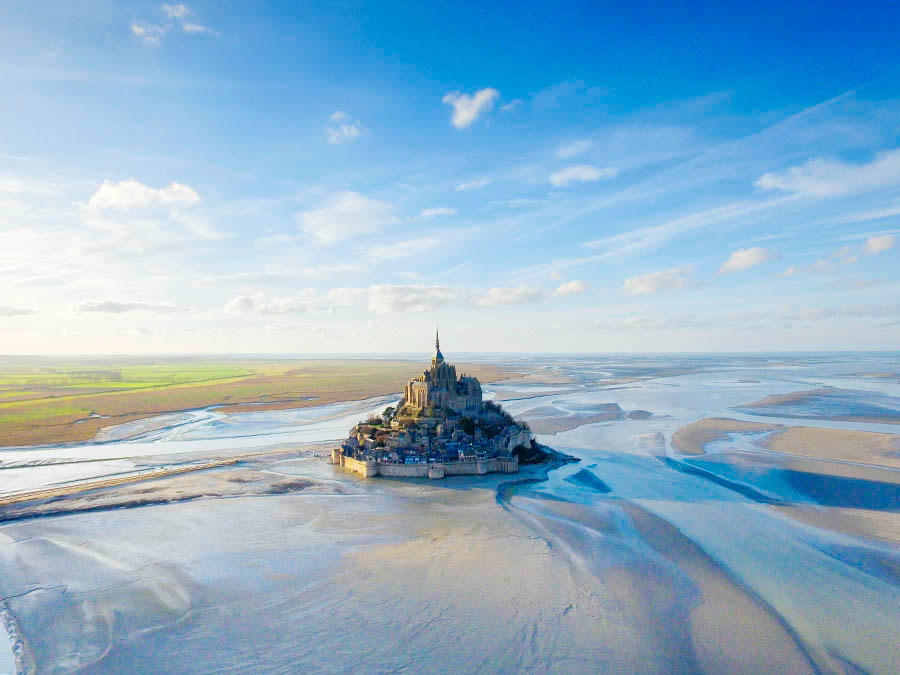
Unesco site at Mont Saint Michel
Just off the coast of Normandy, France lies the shimmering island of Mont-Saint-Michel, a UNESCO world heritage site that dating back to the 8th century. This stunning island and its tidal reflection are one of France’s most iconic sites and for good reason. When the tide comes in the island is surrounded and it looks other-worldly.
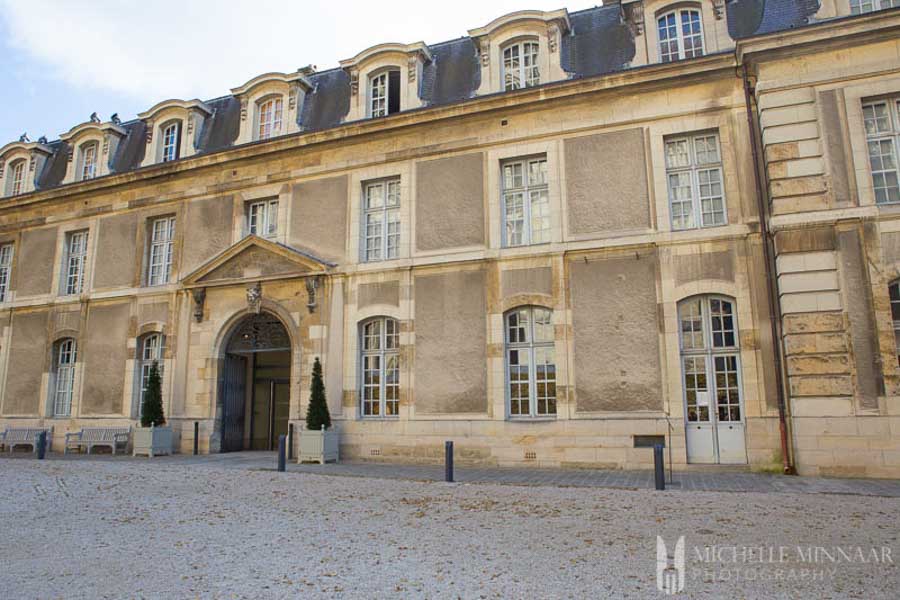
The Palais du Tau in Reims
Visiting a UNESCO Heritage World Site can be a remarkable experience. Luckily, in Europe we have so many UNESCO sites such as the Palais du Tau located in the charming and history French city of Reims. Mind you, it’s only about two hours away from Paris! The best time to visit the Palais du Tau is in the spring, summer and autumn months. The Palais du Tau is situated at the heart of the champagne region, so if you want to go for a champagne tasting the best to do it is in the summer months. September is quite hectic for champagne makers and not all champagne houses might be open for tastings. Respectively, the Palais du Tau has different opening times throughout the seasons, so keep an eye on the official website for opening times. I can tell you however, that never visit the Palais du Tau on a Monday as it will be closed! The best part is that you can purchase your ticket in combination with gaining access to the Reims Cathedral. Don’t miss out on this opportunity!
Check out Michelle’s post on the Palais du Tau and my weekend trip to Reims.
Pont du Gard, France
The Pont du Gard is, without a doubt, one of the most iconic sites in the South of France. And yet, nothing comes close to visiting it in person. The magnificent structure stands tall over the Gardon River and creates an incredible contrast against the agrarian landscape.
The highest Roman aqueduct in the world, the Pont du Gard was originally constructed almost 2,000 years ago as a means of transporting water to the nearby city of Nîmes. The three-story bridge was built without the use of mortar – using only friction between the carefully cut stones to keep it upright.
These days you can walk on the lowest level of the bridge to marvel at this incredible feat of engineering and art. Or take a tour of the top level for an even better vantage point.
You can easily visit the Pont du Gard from the nearby cities of Avignon and Nîmes, either by car, day tour, or bus. Be warned though, parking at the site is fairly costly! Visit in the morning and make a day of it. Pack a picnic to enjoy on the banks of the river, take a dip in the water if it’s warm enough, enjoy a walk over the bridge and along a marked trail through vineyards and olive groves, and visit the fabulous museum on site.
Check out Nadine’s post on 7 days in Provence
Unesco sites in Germany
Palaces and parks of Potsdam
There are over 150 buildings that cover the city of Potsdam, a close drive from Berlin. Along with expansive gardens and parks, the entire city of Potsdam is unique with all the visual splendors of the Prusssian Kings – specifically Frederick II who envisioned Sans-Souci palace as his first residence along with a slew of other palaces in the city.
The eclectic palaces and gardens create a unique presence and masterpieces as a while that is wonderful to explore these amazing grounds and natural parks. Check out more images and sites on Potsdams palaces here for more details and inspiration for visiting this Unesco site.
Old Town of Regensburg with Stadtamhof – UNESCO World Heritage Site
The city of Regensburg retains a unique and well-preserved medieval city center known as the Old Town of Regensburg with Stadtamhof. This area includes more than 1,500 buildings with Roman, Romanesque, and Gothic architectural styles; some of the notable ones being an impressive St. Peter’s Cathedral, an old town hall, and a historical corn market. However, the most iconic attraction is a 12th century Old Stone Bridge which is often referred to as the symbol of the city, its past and present. The ensemble was deemed a World Heritage Site in 2006 and offers a lot of history and beauty to the common traveler.
Regensburg was a thriving trade and cultural center in the middle ages owing to its strategic location on the banks of River Danube. It started off as an ancient Roman town – Castra Regina, was passed on to Bavarians, became a free imperial city, and was exposed to severe bombing during the Second World War. Luckily, the Old Town escaped any major damage. Today, it remains the only intact historic city in Germany and takes pride in being the northernmost city of the Roman Empire.
You can take a train to the Regensburg Station from either Munich or Nuremberg. Then, you can walk to the Old Town which is about 10 minutes away from the station. Once you are in the Old Town, you can explore most of it by foot. The best time to visit is between May and August. Temperatures are higher and it is pleasantly warm.
Trivia: Regensburg houses the Historische Wurstküche or the Historic Sausage Kitchen which has been serving fried sausages to customers for the past 900 years.
Regensburg, definitely, has a lot of history on offer.
The Speicherstadt in Hamburg
Situated on the Elbe River, Hamburg, Germany, naturally developed into a major port. Today it’s the second largest in Europe. And the Speicherstadt, listed as a UNESCO site in 2015, is the largest contiguous warehouse district in the world. It was built as a free port—where goods could pass in and out without paying customs—between 1883 and 1927. Clearly, that was a time when people still believed even functional, working buildings could also be beautiful. The Neo-Gothic design features redbrick walls, bizarre turrets, towers, alcoves, crenelated and gabled roof lines, and glazed terracotta ornaments. The whole complex is built on thousands of oak piles and criss-crossed by canals, allowing both barges and land transport to load and unload the goods from around the world passing through Hamburg’s busy port. Handsome steel bridges tie it all together and offer great photo-ops of the buildings.
Today, the Speicherstadt has lots going on to enjoy, including the International Maritime Museum, an Automobile Museum, a fascinating Customs Museum, and a miniature railway system. Snack in the many bakeries, have a meal in one of the restaurants, or just enjoy a superb cup of coffee at Kaffeerösterei, located in a former coffee warehouse. You can wander through the district on foot or take a City Bus Tour, but I think the best way to appreciate the size and beauty of the complex is on a barge trip through the canals. They leave from the barge landings in St. Pauli. At night, Speicherstadt turns into a fairyland, lit by more than 800 lights that twinkle their reflections in the canal and sparkle off the warehouse windows.
Check out Donna with Nomad Women
Unesco sites in England
The Lake District
Standing on the rocky ground on top of a windy hill, take a moment to scan the horizon. There are breath-taking mountains as far as the eye can see. Large, slender lakes lie sleepily in the valleys known as dales. Little hamlets of stone houses can be seen dotted across the landscape. The Lake district is truly a place of beauty, literature and adventure!
Situated in the north of England, the lake district is the UK’s newest UNESCO site. Long protected as a national park this UNESCO site is best explored with the help of a car. Pack your hiking boots, swimsuit, camera and book a sleepy cottage in one of the many quaint villages.
There are innumerable things to do in the Lake District. There is something for everyone: the romantic couple, the inner artists, the adrenaline junkies, the sailors, the writers and ramblers alike.
Avid hikers will adore the thousands of trails past waterfalls, over hills all with spectacular views. Extreme explorers will appreciate the various scrambles and climbs whilst ramblers will still be spoiled for choice for less challenging routes.
As the apt name of the national park suggests, it would be an error to visit this part of the UK without venturing closer one of its 16 lakes. Kayak, sail, swim or dive in one of the fresh glacial lakes.
Literature and history fans will not be disappointed either. Peter Rabbit was born here in Beatrix Potter’s imagination. Wordsworth wrote many a lovely poem whilst strolling amidst the landscape. Release your own inner artist or writer and feel inspired by the beauty of the lake district.
The lake district is wonderful to visit year-round as each season brings its own distinct wonders. Just make sure you pack a raincoat as it also happens to be the wettest part of Britain!
It is not a bold claim to say that the lake district one of Europe’s most beautiful and culturally rich sites. This Lake District National park is a must visit UNESCO world heritage site.
Anna with My Travel Scrapbook
King Edward’s Castles of North Wales
One of the UK’s most famous UNESCO Heritage Sites can be found over in Wales, officially called the ‘Castles and Town Walls of King Edward in Gwynedd’, this site encompasses four historic castles across North Wales.
These are Caernarfon Castle, Conwy Castle, Beaumaris Castle,and Harlech Castle, along with the impressive town walls in Caernarfon and Conwy.
These medieval fortresses, constructed between the 11th and 14th centuries, hold historical significance as symbols of power and resistance. They were built by King Edward I who had invaded the area and used the castles to help control his newly conquered territory.
Each castle boasts unique architectural features, from the concentric design of Beaumaris Castle to the imposing walls of Conwy Castle.
The most important of the four is Caernarfon Castle which was his main North Wales residence and where he effectively governed the region. It’s also where his son, Edward of Caernarfon (later King Edward II) was born.
The castles are all owned and managed by CADW, part of the Welsh Government, and are open to visit where you can explore the ruins, learn about the history through interactive exhibits and displays, and enjoy the beautiful views across the Welsh countryside from the top of the towers.
Kieren with Wales Guidebook
Touring Greenwich, England
Unesco site at Bath
Bath was designated by UNESCO in 1987 and is the only city in the UK to be declared a World Heritage site. Once a Roman spa town called Aquae Sullis, Bath grew into a bustling city that, to this day, feels like a trip back in time to the elegant Georgian era.
When visiting Bath, plan to spend an entire day exploring. There are far too many things to see in just a few short hours. A great way to start is by taking advantage of the many free walking tours around the city. That will give you a general idea of what the city has to offer before doing in-depth exploring. There are also specialized paid tours around the city that cater to a variety of interests.
When it comes to when to visit, late spring or early fall are your best bet. May is a good month to visit as temperatures are moderately cool, rainfall is the lowest of the year, days are long, and flowers are in bloom. Early September is also a good time to visit with warmer temperatures and low rainfall, though the days are shorter and there are not as many flowers.
HOW TO GET THERE:
- Railway. Reach Bath at Bath Spa railway station via Great Western Railway.
- Flying. Transit from Bristol airport will take about an hour.
- The Air Decker bus will take you to Bristol Temple Meads Railway station where you can catch the train to Bath.
- The Bristol Airport Flyer coach service will take you to Bath with stops along the way.
- Sightseeing tours. Many tours make stops in Bath. It should be noted that, depending on the tour, the stop in Bath will be anywhere from 1-3 hours.
Check out Erin Tracy’s post on visiting Bath
Old Town of Edinburgh
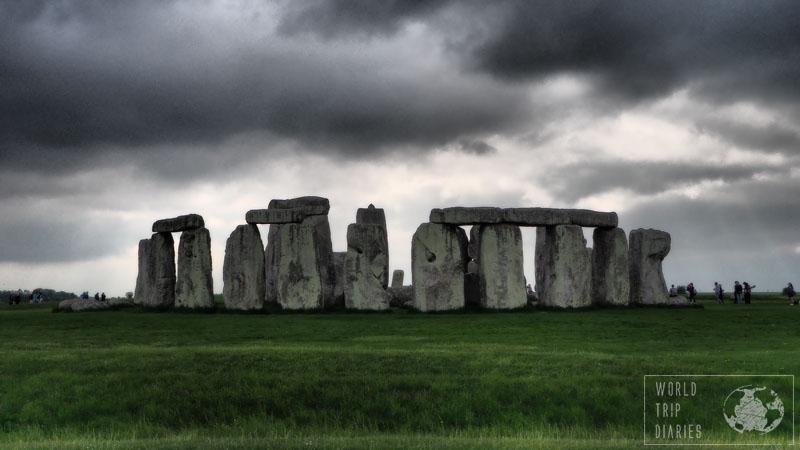
Visiting Stonehenge
Check out Thais’ post on a Day trip to Stonehenge
Kew Gardens in London, England
One of the top UNESCO sites to visit in Europe is London’s Kew Gardens. Set on 300 acres, its home to the world’s largest collection of living plants. Established in the mid-1840s, Kew Gardens was added to the list of World Heritage Sites because of their role in the history of botany as well as their incredible landscape gardens. And they continue to contribute to the world of plant sciences.
Home to a towering Chinese pagoda built in 1761, Kew Gardens is also home to England’s smallest royal palace. Kew Palace was built in 1631 by a Flemish merchant but later acquired by the Royal family. It was a summer residence for King George II and his three older daughters. Kew Palace is an intriguing building to wander through. With period pieces, artifacts from the Royal Family, and guides throughout, you’ll learn some strange and interesting things about the people who called it home.
Some other must visit places in the Gardens are the Water Lily House, Princess of Wales Conservatory, and both of the great Victorian glasshouses – the Temperate and Palm House. Both are huge and home to plants from around the world, but the Temperate House (which is newly reopened) is known as the world’s greatest glasshouse. With over 10,000 plants, Kew’s Temperate House is the world’s largest Victorian glasshouse.
Kew Gardens is home to over 14,000 trees and over 30,000 different kinds of plants. And London’s spring and summer months are the best time to visit. With flowers in full bloom and trees lush with foliage, I recommend visiting from June through August. The best way to reach Kew Gardens is to use public transport. There is a Kew Gardens Tube station and buses Route 65 and 391 stop in front of the gates.
Check out Stephanie’s post on London’s top outdoor attractions
Westminster in London
The Westminster, London UNESCO World Heritage Site is one of the most iconic and recognisable in the world. It comprises three buildings on Parliament Square – The Palace of Westminster, also known as the Houses of Parliament; Westminster Abbey and neighbouring St Margaret’s Church.
The three buildings were recognised as a World Heritage Site because they have symbolised monarchy, religion and political power for almost a thousand years.
Westminster Abbey is a church with a wealth of history. It is the coronation venue for kings and queens, as the well as some royal weddings and funerals. It is the resting place of many British monarchs. Many British greats, from Sir Isaac Newton to Geoffrey Chaucer and most recently Stephen Hawking are buried there.
The Houses of Parliament include the Houses of Commons and Lords where British politicians continue the traditions of the world’s oldest parliamentary democracy. The Palace itself was rebuilt in the 1840s, a stunning example of Victorian Gothic Revival architecture. The Elizabeth Tower, better known as Big Ben, is one of the great icons of the UK.
Westminster is fine to visit at any time of day, but if you want to avoid the crowds at Westminster Abbey, get there for opening time around 9.30 am. You can normally visit St Margaret’s Church at any time – it’s very rarely busy.
The Houses of Parliament can be visited on guided and audio tours on Saturdays throughout the year, and on weekdays when Parliament is not sitting.
If you’re hoping to get some iconic shots of Big Ben, sadly you’re going to have to wait until 2021. The clock tower is undergoing a much-needed restoration, so is clad in scaffolding until then.
Check out David’s a 1 day London tour
Tower of London
Established by William the Conqueror during the 11th century, the Tower of London has been a royal residence and gone through many incarnations as a fortress, prison and now living museum and home to the royal Crown Jewels. If you plan on visiting the Tower of London, the main highlights include seeing the special exhibits and live re-enactments, check out the Crown Jewels, walk Tower walls and stroll the Tower green.
Liverpool Maritime Mercantile City
Unesco sites in Italy
Unesco site – Trulli of Alberobello in Puglia
We did a big road trip across Puglia, visiting many cultural highlights in the region like the Baroque rich town of Lecce, the stunning Grotta della Poesia (Poetry Caves), the classy seaside town of Gallipolli, and the most fascinating – the trulli of Alberobello.
A trullo (singular) is a limestone Hobbit-like hut with a conical roof. They are unique to Puglia, particularly in the Itria Valley and in the small town of Alberobello. The trulli (plural of trullo) were listed as a UNESCO World Heritage site in 1996 because they are regarded as “remarkable examples of drywall (mortarless) construction, a prehistoric building technique still in use in this region”:
https://whc.unesco.org/en/list/787
In Alberobello you can see over 1,500 trulli, some dating back to the 1300s. Today the trulli in Alberobello are preserved and used as cafes, restaurants, souvenir shops, and some even as places you can stay.
When we visited Alberobello we loved exploring the different trulli and getting lost in the many cute photogenic narrow cobblestone streets. One recommendation is to walk up the hill in the main road of Alberobello and try to go to one of the balconies inside one of the trulli cafes to get the best views.
You can reach Alberobello easily from one of the transport hubs of Puglia – Bari or Brindisi, both of which have numerous daily budget flights to/from all destinations across Europe. The best time of year to visit is during the summer months, but probably best avoid August as this is the peak travel month when most Italians are on holiday.
Check out the Nomadic Boy’s post on things to do in Puglia
Baths of Caracalla
Designated a UNESCO World Heritage Site in 1980, the Baths of Caracalla are the second largest in Rome. The baths were inaugurated between 212 AD and 216 AD by the emperor Caracalla and completed circa 235 AD. These magnificent buildings have inspired the buildings of the Chicago Union Station and the Pennsylvania Station in New York, and since 1937 have served as a stage for many concerts and operas. The infamous ‘Three Tenors’ first performance was also at Caracalla in 1990.
The entire bathing complex covers an area of 62 acres. The public could freely make use of the cold, warm or hot water baths, i.e. the frigidarium, tepidarium or caldarium, and even had access to a library, wrestling palaestras aka gyms and a few taverns. The towering walls of the baths could hold up to 1600 men at any given time and probably saw around 6000 to 8000 bathers during a day.
The baths also housed temples to Jupiter, Mithra and other gods. Many of the black and white the mosaics that have been excavated tell stories of wars and victories. Walking around in these huge chambers leaves you in awe.
Located a kilometer from the Colosseum, at Via delle Terme di Caracalla, the baths are accessible by paying 6 EUR, and aren’t too crowded. Try to get there earlier in the day, as the sun beating down on your head in the afternoon is quite hot.
Abby with The Winged Fork
The Colosseum in Rome, Italy
When to visit: Rome is a city that can be enjoyed all year round. Summer time is peak for tourists outside of Italy, when the Italians all head to the seaside. Christmas time is gorgeous where the city is lit up and you can see the giant decorated Christmas tree just outside the
w once the article is published and I will share on my social media channels. Thanks!
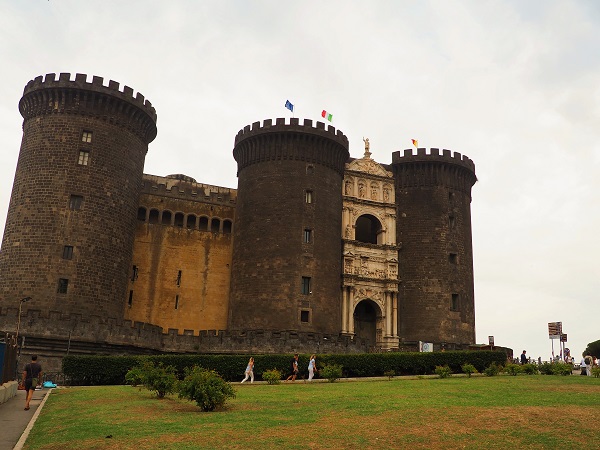
Historic Centre of Naples
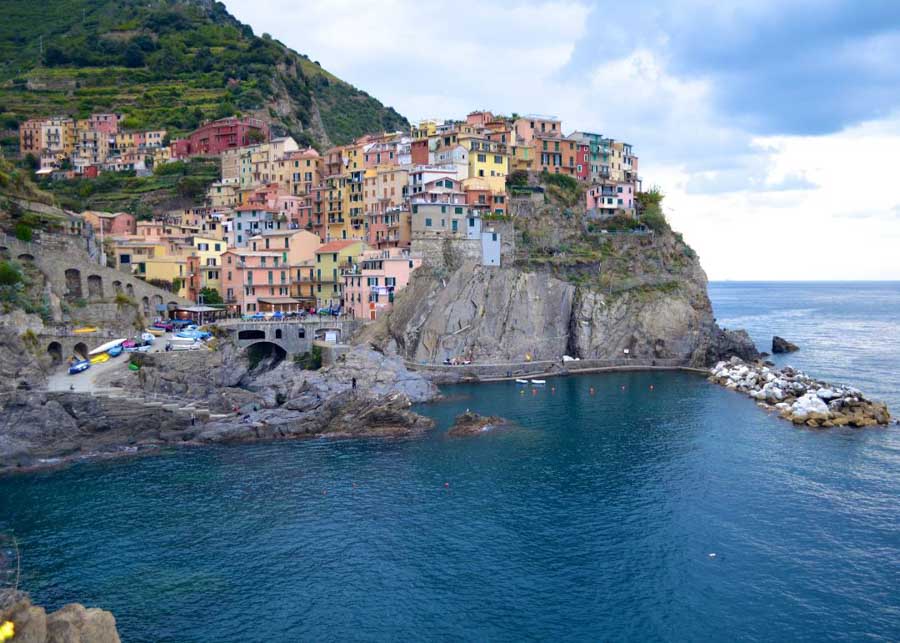
Cinque Terre – Unesco site
The best way to reach Cinque Terre is to take a train from Florence to Monterosso via La Spezia. The train journey itself is a delight, specially she it runs along the Ligurian coastline. Cinque Terre (Italian for five villages) is a six-mile long emerald green landmass kissing the aquamarine blue seas, aptly designated a Unesco World Heritage Site to preserve its natural and cultural wonders. There are trains and ferry boats to see all five villages at fixed times of the day. Buy a day pass for all five. Monterossom Vernazza, Corniglia, Manarola and Riomaggiore are recognisable by the cluster of peach-pink-lemon houses ending in a rough and rocky coves filled casually with fishing boats. High above the villages, generously vibrant vineyards swamp steep terraces. Take an adventure hikers along the cliffside trails linking the villages. Each has its own unique features. Riomaggiore has a narrow inlet for boats and a steep flight of stone steps from the embankment to the village. Manarola has a curved upward path circling the hill with incredible views of the sea and the village. Corniglia has 400 zigzagging steps running from the train station to the harbour-less hilltop town. Vernazza boasts of castle ruins, an ancient church, a natural harbour and a chic promenade. Monterosso has a lovely historic centre with two lovely churches. Its hard to pick a favorite from the quintuplets.
Check out Punita’s post on visiting Cinque terre
Vatican City in Rome
- The entrance to the Vatican Museums is on the northern side; if you stand in St Peter’s Square facing the Basilica, turn right, walk out of the colonnade and follow the wall.
- The Vatican Museums close on Sunday and are at their most packed on Saturday and Monday. You can reserve a ticket for an additional 4 euros on the museums’ website or book one of the tours.
- Fill your stomach before you arrive because refreshments within the Museums are expensive.
- There is no reservation on the last Sunday of the month, however. The Museums open in the morning for free on that day, so you can imagine what the queue is like.
- If you want to visit only St Peter’s Basilica, check out my post on skipping the queue and minimising your waiting time.
Nicholas with Ramblingfeet.net
Historic Unesco site at Verona
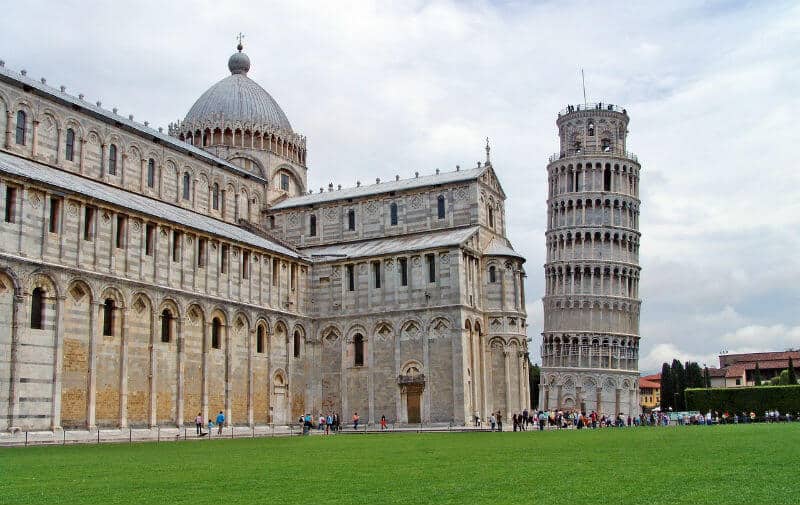
The Leaning Tower of Pisa
Pisa is a classic tourist destination that attracts thousands of visitors yearly. Most people come here to see the leaning tower of Pisa, and for a good reason. It’s quite a peculiar building and the history behind it is fascinating. But it’s not only the Leaning Tower that’s included in the Unesco Heritage of Pisa. The whole Piazza del Duomo where you also find the Pisa Duomo and the Baptistry of St John. The Duomo is named as Duomo di Santa Maria Assunta.
The best time to visit Pisa is in May or September. Even early June and early October is great since the weather is still good and the summer crowds have returned back home. In August, this place is packed with tourists, which can be quite frustrating or overwhelming when you just want to admire the fantastic buildings and Unesco Heritage sites of Pisa.
It’s very easy to get here, either by bus from the Central Station or walking for 15 minutes. I recommend walking if you’re not in a hurry since you then also get to see other parts of Pisa. The city itself is known for education and it has been of historic importance for a long time.
And of course, don’t forget to do some silly and memorable photos at the Leaning Tower of Pisa. It’s fun for everyone!
Alex with Swedish Nomad
The Val d’Orcia
Visiting Assisi in Umbria
Before you start ticking off your list of things to see and do on your tour of Assisi, it would serve you well to at least take the time to learn just a little about the two saints, Francis and Clare, that make this Umbrian town the attraction that it is.
First, of course, is Saint Francis, known here, of course, by his Italian name, San Francesco. To say he changed the Church, and with it the history of Western philosophy, is probably not overstating his influence.
It’s difficult to put an exact finger on what it is about Assisi that is so distinctly impressive. But if I had to say, it seems that the spirits of Francis and Clare are beautifully served by the tranquility of the small mountain town, as well as the stunning, yet simple, churches that bear their names.
There are two Basilicas of Saint Francis, and upper and lower. Both churches were started at the same time, immediately after the canonization of Francis only two years after his death in 1226. Such was the immediate recognition of his importance for the Church.
The nave of the upper basilica is lined with scenes from the life of Francis and were, until fairly recently, attributed to Cimabue and Giotto, the two most famous and accomplished Florentine artists of the late 13th and early 14th Centuries.
The Basilica of Saint Clare, begun in 1257, only four years after her death and two years after her canonization. The basilica is distinguished mostly by paintings over the altar and a huge Byzantine crucifix.
Finally, be sure to climb up the mountain to the Rocca Maggiore to get a view of both basilicas and the beautiful Umbrian valley below.
Check out Tom’s post on what to see in Assisi with Travel Past 50
The Dolomites in Italy
Unesco sites at Pompei and Herculaneum
Pompei and Herculaneum are definitely among Italy’s most famous UNESCO World Heritage Sites. They are the two Roman towns which almost 2,000 years ago got buried under the eruption of Mount Vesuvius. It is not known exactly how many people died due to the volcanic eruption, but so far more than 1,500 people have been found in the two former towns.
Today, the sites are visited by a lot of tourists as they depict the Roman Empire lifestyle. With the remains of Roman houses, temples, theatres, a forum, one can imagine what life used to be for people living in these ancient cities. It’s a fascinating journey back in time.
The best way to visit the archaeological sites of Pompei and Herculaneum is by choosing a day trip from Naples. It is very convenient as you can easily reach the sites by train from Naples in less than one hour. The train which gets straight to Pompei from Naples Centrale, the main train station in Naples, is called the Circumvesuviana train. Alternatively, you can also take the train from Sorrento, for a half an hour ride to Pompei.
The only downside of visiting the two sites is the high number of tourists. As such, it is recommended to avoid the busy months (April to October) when the numbers are high. It’s best to try and visit during the low season, perhaps November or March, when the weather is still pleasant and the number of visitors significantly lower.
And another tip for avoiding crowds is to visit at opening hours (starting at 8:30) and to begin with the famous attractions as the groups will start with others. So, you might be able to get them for yourself for a couple of minutes.
Andra with Our World to Wander
Historic center of Florence
Many are the reasons to visit the historic centre of Florence, declared World Heritage Site by Unesco in 1982. The city was built and developed on the site of an ancient Etruscan settlement, and over the centuries it became a crucial hub for Italian art and politics. Among the very first places you need to visit if you are in Florence for the first time is obviously the stunning complex of Santa Maria del Fiore in Piazza Duomo that includes the cathedral, the dome by Filippo Brunelleschi, Giotto’s bell tower (campanile) and the Baptistery of Saint John.
Angela with Chasing the Unexpected
Historic Pienza – Unesco site
Pienza is a picturesque hill town set in the scenic Val d’Orcia in southern Tuscany. The historic center of Pienza was designated a UNESCO World Heritage Site in 1996, for being the first application of the concept of urban design driven by Renaissance Humanist principles. Pope Pius II, born Enea Piccolomini in the town of Corsignano, wanted to transform the town of his birth into “the ideal Renaissance town.” And thus was born Pienza, the town of Pius. Pope Pius hired Bernardo Rossellino, a Florentine architect, who started the ambitious project in 1459. Four years of construction ensued before the Pope’s death brought further building to a halt.
But over the four years of reconstruction, Pienza’s humanist urban restructuring became a model for other towns and cities. Today you can see the best of Rossellino’s work at the Piazza Pio II, the main piazza in Pienza. The piazza is anchored by the Duomo di Pienza, the Palazzo Piccolomini, the Palazzo Borgia, and three other palazzos. The Pienza center is one of very few historic centers in Europe to still be completely intact, after so many centuries. And there are only two squares in Italy with the unique trapezoid design: the Piazza Pio II in Pienza, and the Piazza del Campidoglio in Rome,designed by Michelangelo.
Apart from the architecture, you will be charmed by the spectacular views from Pienza, as well as the preserved medieval walls and gates. Wandering the streets of this ideal Renaissance town in Tuscany evokes the feeling of la dolce vita, exactly as it was designed to do.
The best time to visit Pienza is the spring shoulder season in April-May, or the fall shoulder season in September-October. The Tuscan countryside is at its prettiest best in the spring and the fall, and you will contend with fewer crowds.
Getting there: Pienza is located a few miles south of Siena. You can rent a car and drive to Pienza, or take a bus from Siena. The bus ride is about 75 minutes.
Check out Dhara’s post on a drive through the Val d’Orcia and Peinza from It’s Not About the Miles
Unesco sites in Austria
Heritage town of Hallstatt in Austria
The picture-perfect world heritage town of Hallstatt in Austria is part of the greater Hallstatt-Dachstein/Salzkammergut Cultural Landscape. Human activity in this area began in prehistoric times, with salt being its most valuable resource. Mining of this precious commodity began as early as the 2nd millennium BC and the prosperity it bought is still evident in Hallstatt’s beautiful Baroque style buildings.
But it’s the setting of this quaint little town on the shores of Lake Hallstatt that attracts millions of visitors every year. Churches, villas, timber houses and mountains reflect in the water, with the Hallstatt Skywalk providing a world heritage view like no other.
Hallstatt is a perfect day trip from Salzburg and is easily be reached by bus, train or car. However, the most dramatic arrival is by train. Because the train station is across the lake, visitors must take a ferry to get to the town. The 15-minute boat ride offers some of the best photo opportunities as you approach on the water.
Early spring or late autumn is the best time to visit Hallstatt unhindered by the summer crowds. It’s also an experience to see the town covered in snow anytime between December and March. A must-visit site is the St Michael’s chapel or “bone house” next to the Catholic church on the hill. It houses the painted skulls of more than 600 former Hallstatt residents who’ve been dug up to make room for the “new” dead.
Linda from Travel Tyrol
Unesco sites in Spain
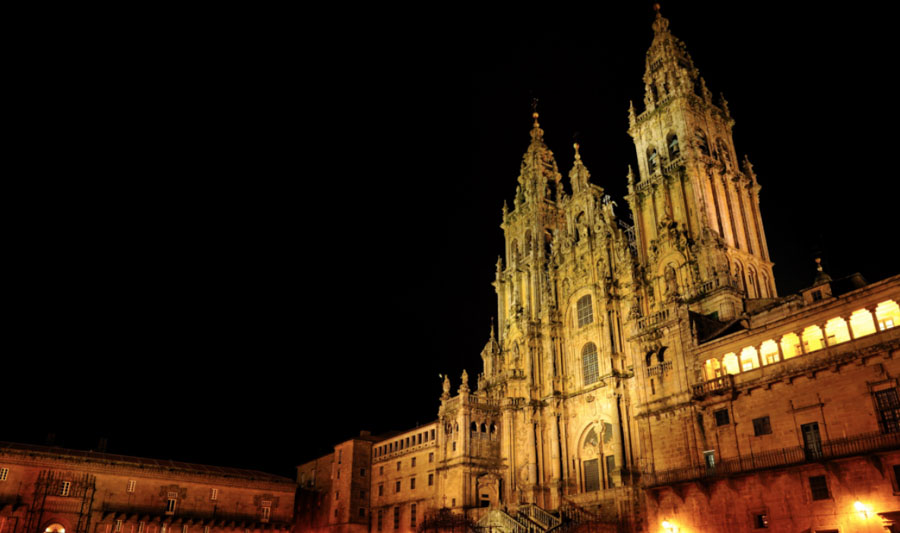
Avila – Unesco site
The intra-muros town Ávila in Spain and the fortified medieval walls surrounding it, immediately win your heart. These formidable walls are considered among the finest city defenses in the world. It shows the magnificence of the medieval city, reflected in the Romanesque style of the churches and the golden era of Avila in the architecture of convents and monasteries.
Ávila is more of a traditional Spanish culture center than a holiday mecca. Thousands of tourists flock it every year. A good way to get to know Ávila is to first take a walk around the old city walls, passing through its arches and gateways. The Old City Walls of this World Heritage city are a must to visit. You may take a City Walls tour.
The Cathedral of Avila which is one of Avila’s oldest religious buildings, and represents the finest Gothic, Romanesque and Renaissance architecture in Europe. Cathedral Museum is also great too. It houses a large artefact collection of extremely valuables including tapestries and embroidered pieces. The fascinating museum of Oriental Art is a showcase for Asian art. The collections include some stunning ivory carvings and metalwork, and a room of exotic animals.
Ávila is the birth place of Saint Teresa and hence the pilgrims also flock to Ávila.
Like any other city in Spain, Avila is also known for its tapas bars. Ávila has also been world-famous for centuries for its finest veal. Most of the veal dishes are served with Avila’s other specialty, beans or Barco de Avila.
Yemas de Avila is a dessert you cannot avoid. People buy it as a souvenir also.
June-September are ideal months to visit Ávila. During this time, the historic center of the city becomes a scene from the Middle Ages, with medieval sessions, street markets, and theatre performances on the city wall.
It’s 109 KMs from Madrid and you can go by train or by road.
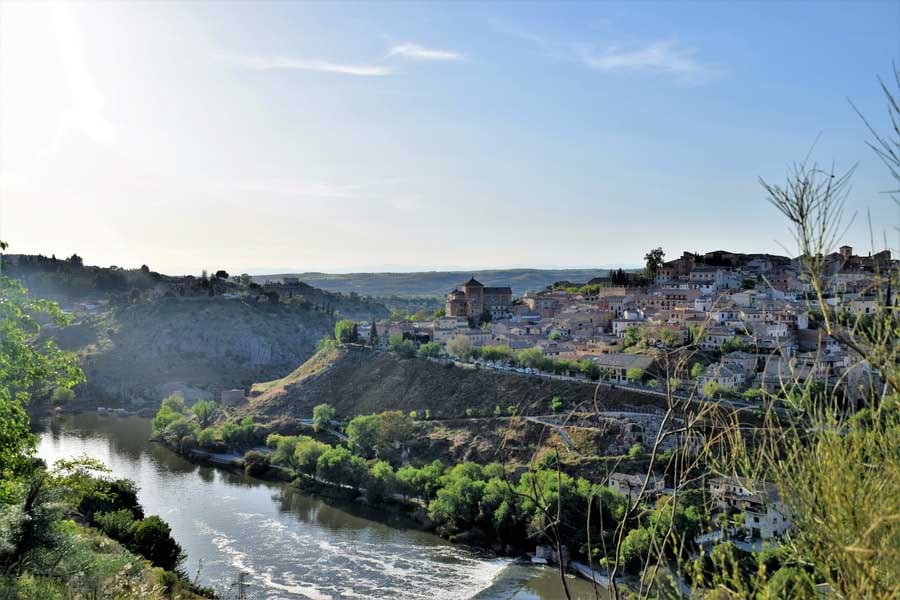
Former capital at Toledo
Toledo is the former capital of Spain and a city with more than 2000 years of glorious history due to which it was declared as a UNESCO world heritage site in 1986. With the ruins of the thousand-year-old wall that guarded the city, the houses clamped atop the hills, the narrow, cobbled streets and medieval buildings all around – history is the heartbeat of this city. It’s a modern city with all modern amenities yet somehow it transcends you easily into the medieval world of Game of Thrones. Toledo is also famous for Toledian steel, which was believed to be the best steel in the world since the Roman era and continues to hold that status till date. The landmark buildings in Toledo are the Alcazar, a stone fortification which has been destroyed and rebuilt multiple times in over thousand years of its existence, the Toledo Cathedral, a 12th-century Gothic masterpiece, and the San Juan monastery. But what really caught my imagination was the bridges across the Tajo river, bridges-built centuries ago which still stand their ground as a symbol of engineering achievement of medieval Spain. You can’t miss walking through the Jewish quarters, the museum of El Greco and the innumerable shops showcasing the Toledian specialties – Swords and Damascene jewelry.
How to reach – high-speed trains leaving every 30 minutes and tourist buses from Madrid.
Check out Sinjana’s post on a trip to Toledo with Backpack N Xplore
Unesco site at Salamanca in Spain
Bestowed with full UNESCO World Heritage status since 1988 and less
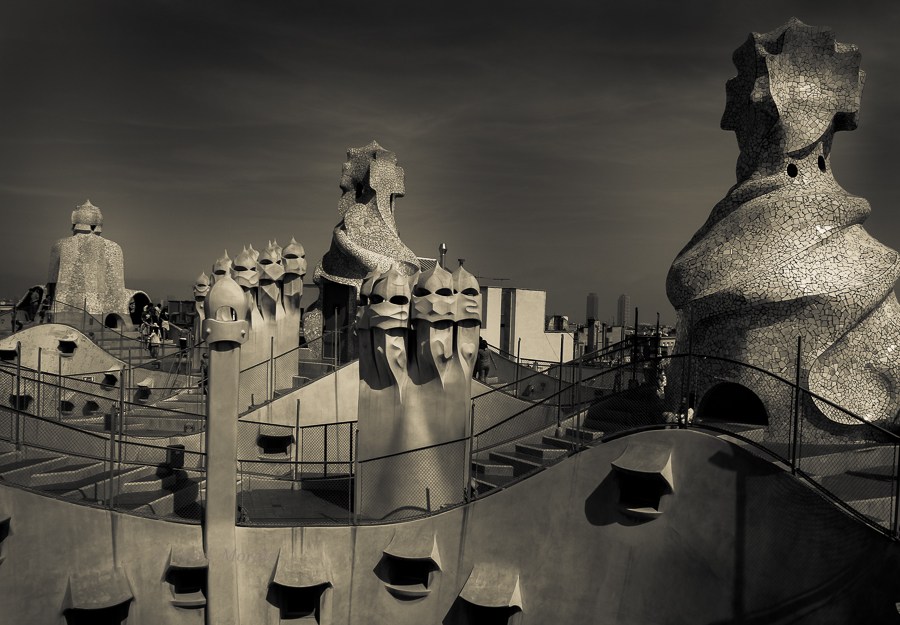
Maire with Temples and Treehouses
The Mezquita (Grand Mosque) in Córdoba, Spain
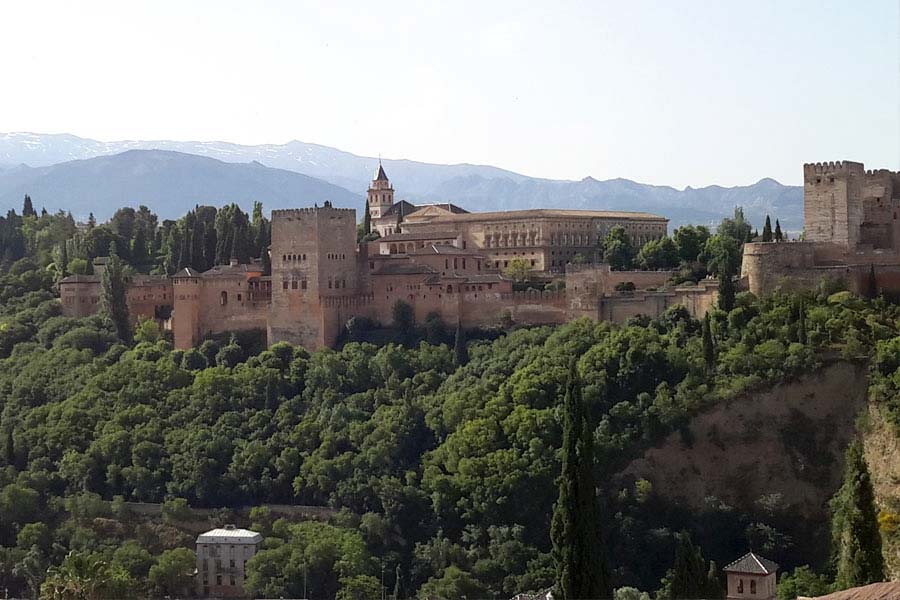
Unesco site at the Alhambra
The Alhambra, an impressive palace and fortress complex, sits on the Sabikah-Hill in Granada. The Sabikah-Hill was already inhabited in pre-Roman times until the Moors built a castle here. During several centuries, the Alhambra evolved organically from the ancient fortress.
The entire complex of the Alhambra is about 740 m long and up to 220 m wide. It can be roughly divided into three parts: the Nasrid Palaces, the Alcazaba Citadel, and the Medina, the former medieval city inside the walls. Outside the fortress walls is the Generalife, the summer palace of the emir.
In the Nasrid Palaces and their gardens is a true visitor magnet. As you make your way through the labyrinth of passageways you’ll come to the impressive Court of the Lions. It is a perfect example of Moorish architecture and garden design.
In 1929, the American author Washington Irving spent four months in the Alhambra. This was the inspiration to write the Tales of the Alhambra.
From the Alhambra, you can expect awe-inspiring views of Granada from above, the Arab quarter of Albaizin, the snowy peaks of Sierra Nevada, and the Andalusian countryside.
The Alhambra is one of Spain’s most-visited tourist sites. It has been a world heritage site since 1984.
Check out Ursula’s post on touring the Alhambra with My Video Media
Unesco sites in Portugal
Unesco site at Guimaraes
Guimaraes in Minho region is one of the top UNESCO sites in Portugal. The town located in Northern Portugal is considered as the birthplace of Portugal and is the perfect day trip from Porto.
The extremely well-preserved city center of Guimaraes is yet another reason to visit this gem. Some of the building techniques were transmitted to the Portuguese colonies in Africa and the New World. Its labyrinth-like streets and quaint plazas invite to wander around and enjoy the atmosphere of a traditional Portuguese town.
Check out Paulina’s post on the top things to do in the Douro
Unesco site at Sintra
My first impression of the UNESCO World Heritage site of Sintra, was that I had walked into a pastel painting. I saw castles and villas of yellows and pinks. And, green from the lovely gardens.
Sintra is famous for its architecture, a combination of Gothic, Moorish, Romantic and Renaissance. The key attractions are Pena Palace, Moors Castle, National Palace and Quinta da Regalia. Dating from the 8th and 9th century, the Castle of the Moors is a great place to start and has a great view of the area. Built in 1840, Pena Palace was is one of the best examples of the 19th century Romanticism style of architecture. The gothic Quinta da Regalia is modern, from the 20th century. While there is a lot to focus on in the buildings, don’t miss the beautiful gardens in each place and the small Chapel at Quinta de Regalia.
Sintra is easy to get to from Lisbon by train or car. Both ways take about 45 minutes. Trains depart every hour. If you take the train, there is a bus from the train station that will take you to Moors Castle, Pena Palace and the City Center/National Palace. If you drive, you will see more of the beautiful forests and coast.
Most people do Sintra as a day trip, but it deserves two days, especially in peak season when it gets very crowded. I was there in January (off peak season). The crowds were manageable, and the weather was fine.
Check out Sue’s post on a 3 day itinerary in Lisbon with Travel for Life Now
Historic center of Porto
Oporto in Portugal has recently been awarded the best European destination three times (2012, 2014 and 2017) and it’s a UNESCO World Cultural Heritage since 1996. With more than 2000 years of history, the Historic Center of Oporto overlooking the river Douro, the Bridge of Luis I, and the Serra do Pilar are one of Europe’s most enchanting Unesco sites.
The Douro river is an important landmark of the city, it was used for trade and transport the Port wine from the Douro valley to the wine cellars. You will find the typical Rebelo boats on the river which were used to transport the wine. It is very pleasant to do a boat trip on the river until the Douro Valley.
There are several bridges crossing the river, but the most famous one is the Bridge of Luis I. It was designed by Teófilo Seyrig, a disciple of Eiffel and we can really see the style similarity with the Eiffel Tower. On the other side of the bridge, there is Serra do Pilar which has a breathtaking view of Oporto.
Other historic buildings you have to visit are the Neoclassic Stock Exchange Palace, the S. Bento Railway station covered with “azuleijos”, the church of Santa Clara and the S. João Theater. The best time to visit Porto is in September when there are fewer tourists and when the grape harvest begins in the Douro Valley.
Jorge Bastos with Travel Drafts.com
Monastery of the Hieronymites and the Tower of Belém
The Tower of Belém was built on a small island near the shore around 1514 to commemorate the voyage of Vasco da Gama, who was the first European to reach India by sea and create the Lisbon to India trade route, and also to defend Lisbon. Vasco da Gama is actually buried in the Monastery of the Hieronymites and his tomb is one of the main things to see there. Later, the tower was used as a lighthouse and customs house.
Because of their connection to maritime history, the Monastery and the nearby Tower of Belém on the banks of the Tagus River are symbols of the Portuguese Age of Discovery. Both of these sites are now popular tourist attractions in Lisbon and can be easily reached from the city centre. Although the outside of both are spectacular, you can also purchase a combined ticket for €12 and see the ornate interiors as well.
Denmark Unesco sites in Kronborg
Denmark may be rich in history, but surprisingly it only has a few
UNESCO World Heritage Sites. One of them is Kronborg Castle. Located in the town of Helsingør, it was once of great strategic importance as it controlled one of the few outlets of the Baltic Sea. The castle as we know it today was completed in the late 16th century, although the original castle dates back to the early 15th century. Today, it is probably the most important Renaissance castles in Northern Europe.
Apart from its historic importance, Kronborg is famous for being the
home of one of the best-known literary characters in the world,
Hamlet. Hamlet is a play by William Shakespeare and tells of the
tragic life of the prince of Denmark, Hamlet, at his childhood home
Elsinore (Kronborg). If you visit Kronborg Castle today, references to
Shakespeare are omnipresent. This is particularly true during the
summer months. Live interpretations of the play are held on the castle
grounds throughout all of the summer. They feature some of the work’s most memorable scenes. Additionally, Kronborg Castle is the site of a long-running summer theater featuring modern as well as classical interpretations of Shakespeare’s work. Throughout the years, Hamlet has been played by great names such as Laurence Olivier, Christopher Plummer, and Jude Law. The productions run throughout all of August and catching a performance is a definite must-do in Denmark.
It is easy to reach Kronborg Castle by public transport from
Copenhagen. There are several trains departing to Helsingør per hour
and the journey takes about 45 minutes. You will need at least 2 hours
to see the castle. Make sure not to miss the cannon tower for
beautiful views of Helsingør and the casemates (particularly after
sunset!). The castle can get quite busy during the summer months, but you can still enjoy the castle if you visit at the end of the day.
Check out Jacky’s post on the Hamlet at Kronborg castle
Unesco sites in Greece
Meteora – Unesco heritage site
Meteora is truly a spectacular historic treasure located in the northern mountain regions about a five hour train ride from Athens. What makes Meteora and worthwhile visit is that it is unlike any other part of Greece with stunning mountains and scenic views combined with this amazing monasteries that are perched above some of these isolated peaks mostly for defense purposes. They create a fascinating history and impression to the early Christianity in this region.
Spend some time exploring the cliff side dwellings, hiking some of the scenic spots or enjoying a spectacular sunset with views of the monasteries and valley below. It really is one of a kind location for a Unesco and if you want to see more, check out my post on Visiting and photographing Meteora here for more inspiration to visiting this wonderful site.
Noel at Travel Photo Discovery
Archeological site at Delphi
If you want to explore the best of Greece’s ancient ruins, look no further than the must-see UNESCO World Heritage Site of Ancient Delphi. The 4th century B.C. ruins at Delphi compose one of the most popular archaeological sites in all of Greece. The city that housed the sanctuary of Apollo and famous for his oracle, Delphi was considered the center of the earth by the Ancient Greeks. Officials and heads of state made the pilgrimage to hear the Oracle of Delphi’s prophecies making it the religious and cultural epicenter of the pan-Hellenic world. You can also see the Gymnasium and the Palaestra where the athletes competed in the Pythian games, held every four years to commemorate Apollo’s victory over Python, and the precursor to the Olympics.
If you are staying in Athens and plan to spend the day in Delphi, almost every tour company offer a day trip to the ruins. However, the best way to experience Delphi is after the tour groups have gone for the day. Arrive in the late afternoon and explore the grounds in a little more solitude. Book your accommodations in the nearby ski resort village of Arachova. During the summer months, the hotels and restaurants are nearly empty so you will really feel like you are hanging out with the locals. Before you head back to Athens the next morning, go to the museum early to see the ancient artifacts before the crowds pour in. If you are going on your own, there are several local buses that run between Athens and Delphi. The trip takes roughly 3 hours and costs around 10 Euro.
Check out Chrysoula’s post on day trips from Athens
Unesco sites in Croatia
Plitvice National Park and Unesco site
Plitvice National Park is the most outstanding example of a combined Unesco world heritage site and national park. An amazing landscape that is sculpted with stunning waterfalls, walking trails that seem to float effortlessly for viewers to experience and enjoy this spectacular landscape. The national park is a year round destination but the best time in my opinion is to visit in the fall when autumn colors are at their glorious showcase and there are less crowds visiting to have more time to tour the area.
For more inspiration to exploring, check out out my post on Exploring Plitvice landscapes in fall time here to see the best of what to see in the national park.
The Cathedral of St. James in Sibenik
The St. James Cathedral dominates Šibenik Old Town. You can see it from nearly anywhere you find yourself in the city. It peeks at you from the most unexpected corners.
The stunning structure was first started by an Italian architect, but it was a local Croat – George the Dalmatian, who stood behind the building of it in the 15th century, back when Croatia formed a part of the Republic of Venice.
Interlocking stone slabs were used as a building technique and there was no cement or any other connective material used. Even the unique dome held together thanks to the pure genius of the method.
When Šibenik was heavily bombarded in 1991 in the Yugoslav War, the dome was badly damaged and cement was added in the reconstruction of it as nobody could put the interlocking method back to use.
The Cathedral was originally built in Renaissance style but many reconstructions gave it a few Gothic details on both the interior and exterior. The façade is decorated with 74 heads modeled after the inhabitants of Šibenik of that time. None of them is, however, looking at each other or at the onlooker.
The interior is dark and perhaps a bit scary, but it’s just humidity doing its work. When you visit, you should also check out the baptistery, as it’s uniquely placed inside the church, behind the altar area, whereas back in the day they used to be put outside the main church nave.
Veronika with Travel Geekery
Dubrovnik – Unesco World Heritage Site
Europe is not short of atmospheric medieval old towns, but the bright red tiled roofs, seaside setting and extensive city walls of Dubrovnik make it one of the most spectacular.
The city-state of Dubrovnik was once a major maritime power, a rival of its Adriatic neighbour Venice, hence the enormous fortifications. As soon as you enter the old city through its looming gates it’s easy to imagine how it looked in previous centuries.
Known as the ‘Pearl of the Adriatic’, the great old town is a wonder not just for its Gothic, Renaissance and Baroque architecture, but for the very fact of its survival. Dubrovnik was hit by an earthquake in 1667, and then damaged extensively during the 1990s conflict. It’s testament to the restoration work that the damage is the last thing on your mind whilst strolling the immaculate cobbled streets and narrow alleyways.
For a magical view of the tiled roofs, a cable car will whisk you up the limestone mountains behind the city. Game of Thrones fans will recognise the view; Dubrovnik was one of the principal filming locations for the hit HBO series.
Dubrovnik is one of the most popular tourist attractions in Croatia, and deservedly so. The old city has been inscribed on the UNESCO World Heritage List since 1979. If you want to avoid the worst of the crowds it’s best to avoid the peak summer months of July and August if possible. You can also look up how many cruise ships due in before you go as some days are busier than others.
Steph with The Mediterranean Traveller
Unesco sites at the Czech Republic
Bone Church in Kutna Hora, Czech Republic
Sophie with The Wanderful Me
Český Krumlov, Czech Republic
Unesco sites in Turkey
Unesco site at Ephesus
The Ancient city of Ephesus on Turkey’s West Coast is an excellent example of a Roman port city and today you can see remains of great structures from the Roman Imperial period. The two main structures are the Library of Celsus and the Great Theatre.
Ephesus can be visited any time of year, but crowds peak in July and August months. However, we visited in July and while there were crowds, it was not unmanageable. If you want a shot of the library without any visitors taking shade under the massive walls, then do not arrive in the middle of the day in July (like we did). About 50 people were enjoying a reprieve from the hot sun when we arrived.
Ephesus is about 90 minutes south of Izmir by train. The train cost 7 TL (less than USD2) to go to Selcuk, the nearest station and then we walked about 500 meters to the bus station that would take us to the site. The bus was about 15 minutes and cost 3 TL. There are also plenty of tour companies that will take you to Ephesus if you prefer an air conditioned coach ride. You can expect to spend 1 to 2 hours max to see everything at Ephesus.
Check out Lindsay Nieminen’s post on visiting Pamukkale in Turkey
with Carpe Diem OUR Way
Goreme and Cappadocia
Göreme, with the famous area of Cappadocia got world-wide fame due to some viral Instagram images – which are usually taken during sunrise, which offer a combination of the incredible landscape and the hot-air balloons that go up in the air every morning.
That is for sure absolutely amazing – but Göreme is much more than that. Not only is it home to the Göreme Open Air Museum, which is full of interesting history and legends, but also are the landscapes with the almost otherworldly rock formations something that you will never forget. No matter if you want to get to know more about history, hike around the area or even visit an underground city – Göreme has it all. And of course: You can’t miss to enjoy the views in Göreme while flying with a hot-air ballon.
To get the best out of your trip, there are two time windows that are highly recommended by both locals and travel guides: From the end of April to June and September to October. Like this you can avoid the extreme heat during summer but also the rough conditions in winter and early spring.
As Göreme is a quite touristic place it’s really easy to get there. The easiest way is to take an airplane to one of the two nearby airports – from where regular shuttle buses operate.
Check out Michael’s post on things to do in Cappadocia
Hierapolis
A trip to the UNESCO World Heritage Site of Hierapolis is a must for anyone visiting Turkey. It’s really two sites in one as the ancient city sits above the bright white travertine terraces of Pamukkale.
The ancient ruins are unique in that they weren’t built on land but on limestone deposits above the warm mineral springs the area is famous for.
Tourists have travelled to Hierapolis Pamukkale since the Roman era for the health benefits of the therapeutic waters.
The Greco-Roman ruins of Hierapolis are fascinating. And there’s a real sense of history as you walk amongst the ruins that are scattered throughout the area.
Places of note are the necropolis and the stunning theatre that was built by the emperors Hadrian and Severus. The theatre’s restored decorative panels are an incredible sight even from a distance.
A favourite of mine is the antique thermal pool where you can swim amongst centuries old marble columns. The columns are thought to have fallen during an earthquake and were never restored.
Hierapolis doesn’t get the hordes of tourists like other sites in Europe. Or the annoying touts. And it’s a pleasure to visit at any time of year.
Check out Audrey’s post on fun things to do in Hierapolis
Unesco sites in Poland
Historical Center of Warsaw
You should definitely consider putting the historical center of Warsaw for its exquisite beauty, history and hospitality. The old town of Warsaw has been around since the 13th Century but it’s certainly been through a lot since that time. During WWII, the German Army destroyed Warsaw’s old town soon after the Warsaw Uprising in 1944. It had to be completely rebuilt in a five-year intense reconstruction process. Don’t worry though; the historical centre of Warsaw has been restored to its former glory and now has open arms to visitors!
The amazing detailed architectural features of the colourful old town will leave you in awe, as you get lost in the labyrinth streets of the old town. In Warsaw, each building is different from the next and each one will leave you breathless with its bright colours and intricate medieval features. Boasting a plethora of intimate cafés, museums and charming boutique stores that sell traditional Polish art and antiques, you certainly won’t be getting bored in Warsaw!
Highlights of Warsaw include the Royal Castle, the royal residency of Polish kings and queens since the sixteenth century. Located in Castle Square, the Royal Castle is a beacon of color, pink and green, against the sky. You also won’t want to miss Warsaw’s Market Square, arguably the most beautiful spot in the whole city. Slap bang in the middle of Warsaw’s old town, market square is –you guessed it- a large square made up of intricately designed Baroque facades, lined with dainty flowers and scattered with incredible statues. You’ll want to spend hours in the Market Square soaking up all the details.
Warsaw is a great city to visit all year round, but if you want to avoid the chilly Polish winds, you may want to consider planning your trip in the summer months!
Check out Natasha’s post on a guide to Warsaw in Poland
Historic center at Krakow
Krakow’s Old Town is a must-see highlight when visiting this beautiful city. It dates back to when the city was the royal capital of Poland in 1038, until the court was moved to Warsaw in the late 1500s. The Old Town includes the Rynek Glowny (Main Square), which boasts the largest medieval square in Europe. Make sure to stop by St. Mary’s Basilica, where you can admire the beautiful Gothic interior, and also climb to the top of the tower for a breathtaking view of the square and city from above. Another important stop is the Sukiennice, a Renaissance cloth hall where you can stop for souvenirs ranging from amber jewelry to stuffed toy dragons. To get a true taste of medieval Krakow, trace a portion of the Royal Road, which was the coronation route for Polish kings. Start where the road enters the Old Town through the Florian Gate, head down Florianska Street, through the Main Square, along Grodzka Street, and up to Wawel Castle. For an informative history lesson, head underground to the Cracow Historical Museum that is located under the Main Square. The best time to head to Krakow is in September and October, when the summer crowds have started to thin out, but the weather is still mild. Krakow’s Old Town is conveniently located within walking distance of the city’s main train station Krakow Glowny.
Julia with Small World This Is
The Wieliczka Salt Mines
The Wieliczka Salt Mines located just outside of Krakow, Poland are an incredible UNESCO site to visit. In operation for hundreds of years, these underground chambers are now available for tourists to explore. The Wieliczka mines are unique compared to others that I’ve visited because they’re filled with statues carved from the same grey rock salt that was mined there. The statues feature historical figures who visited there and tell the story of the founding of the mine after St. Kinga dropped her engagement ring into a salt mine in her native country and it was discovered in this spot. The tour also features a large underground chapel complete with chandeliers made from white salt crystals.
The most common tour lasts about three hours and takes visitors through the main areas of the mine. You’ll see all the highlights, including St. Kinga’s Chapel, and get a chance to eat in the underground restaurant. If you’re looking for a bit more adventure, try the Miners’ Route tour that takes you a little deeper into the mine and through some more rugged chambers. If you’re really just looking to relax, check out the Health Resort.
Wieliczka is located just outside Krakow and can be reached in less than fifteen minutes from the city center by car or taxi. There are also bus routes that lead to the mines. Tours are offered year round, and with consistent temperatures underground, there’s really no bad time to visit.
Check out Kris’ post on the Wieliczka salt mines of Krakow
Estonia Unesco site at Tallin
Ryan O’Rourke with Treksplorer
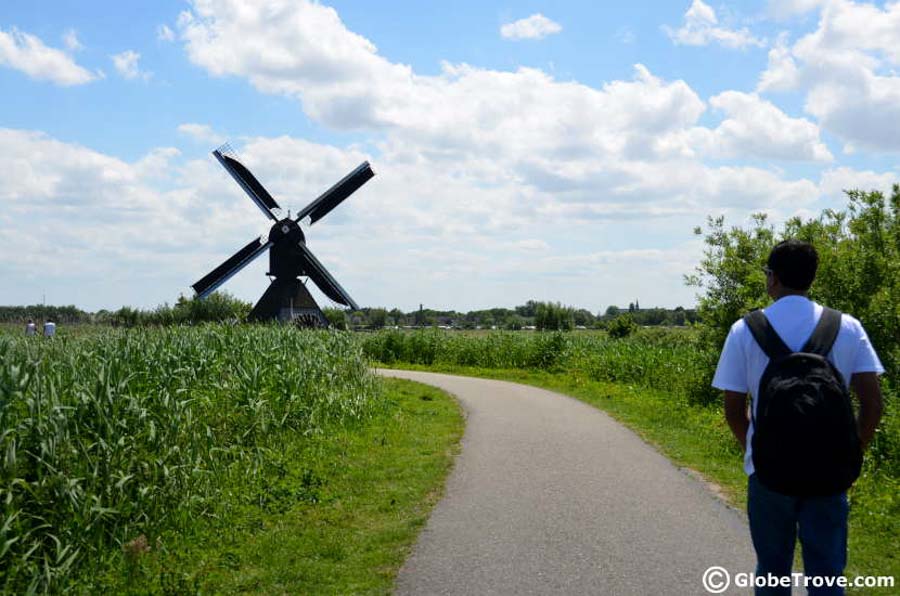
Netherlands Unesco site at Kinderdijk
When anyone talks about Europe my mind immediately travels to Kinderdijk a small little spot situated in the south of Netherlands. Not everyone has heard of it, still fewer tourists venture out of Amsterdam to visit it but in my eyes, it is probably the most scenic spot in the entire country. The fact that it is an UNESCO heritage site is just an added bonus.
Kinderdijk is a spot where the level of land was so low that the Dutch had to find ways to keep the water out. After much thought, they constructed windmills. The number of windmills increased over time and the land around became a great place to cultivate crops. Today, the spot is a popular attraction for picnics. The scenic winding canals with boats on them, lush green fields and gorgeous windmills dotting the landscape one cannot help but want to stay there forever.
If you want to learn about Kinderdijk there is even a museum which you can enter where they will show you a video about its history and how the whole site came into being. I highly recommend visiting it. It will make you look at Kinderdijk through a different perspective.
Penny Fernandez with Globe Trove
Romania Unesco fortified churches of Transylvania
Many tourists in Romania only leave Bucharest long enough to take a day trip to Bran Castle in Transylvania, the supposed home of Count Dracula. It’s a very pretty little castle with an interesting history. While you’re there, though, take the time to visit the UNESCO-listed fortified churches of Transylvania.
While there are about 150 fortified churches in Transylvania, this UNESCO designation comprises seven of the best-preserved ones in seven different villages of Southern Transylvania. This means the most practical way to see them is by car, either hiring a taxi for the day, or else renting a car. While Bran Castle is often crawling with tourists, you’re likely to have these sights to yourself, and they are fascinating.
Dating from the Middle Ages, these churches were fortified to protect villagers in case of attack by Tatars and Ottomans. Each church has a different design, and six of the seven are Lutheran, built by German Saxon communities, while one is Unitarian, built by Hungarians. The fortifications added around them – walls, storage spaces, guard towers and lookout towers – vary as well, depending on the wealth of the community and on the landscape around it.
Visiting all of the UNESCO collection, plus an additional two that we stumbled upon as we drove, took us two days. If you don’t have that much time, at least visit Prejmer and Viscri. Prejmer has a charming gothic church surrounded by high walls holding a four-story network of small rooms and heavy-beamed walkways. Visitors are permitted to climb the ladders and explore the walkways. Viscri’s squat walls and towers look like a castle perched on the top of a low hill. Its church is decorated with picturesquely primitive paintwork.
Rachel Heller with Rachel’s Ruminations
Belarus Unesco site at Mir Castle
Mir Castle is one of only four properties in Belarus currently inscribed on the UNESCO World Heritage List. Situated only about an hour’s drive from the capital city, Minsk, it’s an easy day trip during any season. Alternatively, book a room and stay overnight right in one of the lavishly appointed castle chambers. Walk around the beautiful garden, lake, and castle grounds and then go in and explore the sixteenth century fortifications. Visitors will discover a good collection of renaissance military gear, weapons, and armor, as well as a large collection of period clothing. Thanks to the five day free visa rule, it’s one of the must-see sights in the country.
Check out Corinne’s post on a Belarus 5 day visa Minsk guide
Unesco site Amsterdam’s Canal Ring
There are some UNESCO heritage sites that are visited because of their UNESCO status, and there others that visited because they are amazing places to go, and the World Heritage designation is like icing on the cake. The Amsterdam canal ring is one of the latter, being a stunning and intriguing place to spend time, long before it was recognized by UNESCO.
The official name of the World Heritage area is Seventeenth-Century Canal Ring Area of Amsterdam inside the Singelgracht, which is quite a mouthful, composes much of the city center of Amsterdam, and much of the area that attracts visitors from around the world. The area is a testament to the determination of man to overcome natural limitations, and to create something lasting.
Five hundred years ago, this area was swampland. It was a grand plan that put together a complicated network of windmills and devices to drain this swamp, creating the canals, and expanding the city in the late 1600s and early 1700s. It was an engineering marvel at that time, and one that would lead to Amsterdam becoming a major trade metropolis in the 18th century. The gabled brick homes that line the canals show the wealth of the city during that era. While the canal ring is in essence a monument, it is one that contains dozens of smaller monuments within, including the Anne Frank House, the Westerkirk, and Rembrandtplein.
Amsterdam is beautiful any time of year, but very early summer thorugh early autumn are the best. Getting to the canal ring is as easy as getting to the city, by air through Schiphol airport, or by train through Amsterdam Central Station. Once there, public transportation is affordable and convenient. Trams run regularly, but it is also a compact area that is easy to walk, or bike as most locals do. We recommend a boat ride through the canals as well, for the stunning views of the city from below, and to fully comprehend that the foundations of this amazing city are entirely man made.
Check out Roxanna’s post on Canal cruise tips in Amsterdam
Unesco site in Ukraine
Unesco site at Lviv
Kami with My Wanderlust
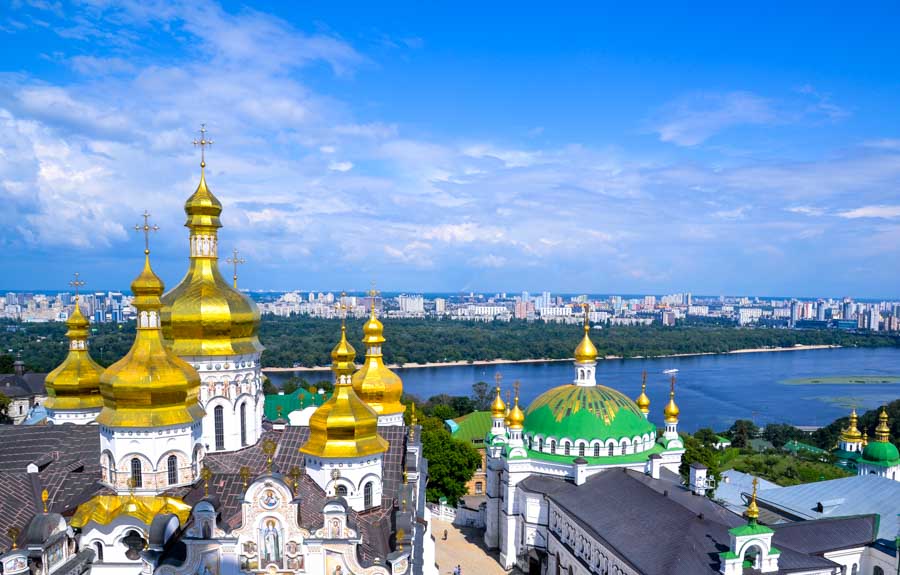
Saint Sophia Cathedral in Kiev
In Ukraine’s Kiev, Saint Sophia Cathedral and the related Monastic Buildings (also known as Kiev Pechersk Lavra) were awarded the UNESCO World Heritage site designation in 1990. This site is breathtaking and quite a large complex. As the most well known landmark and oldest church in Kiev, many of the mosaics and frescos are original, dating back to its construction in the 11th century. Built by Byzantine masters during the reign of Yaroslav the Wise, Saint Sophia was the main Christian cathedral during this period. Monastic buildings surrounding the main cathedral were added in the 17th and 18th centuries.
Named after the majestic Hagia Sophia in Istanbul, this golden dome complex is a must see when in the Ukraine no matter what time of year you are visiting. The Ukraine is still an undiscovered gem of Eastern Europe, so even in the summer months, the crowds are not heavy. Make sure to climb the bell tower for the best views of the church and the Dnipro River behind, flowing down to the Black Sea. The underground caves with the burial chambers of Orthodox monks visible, through glass covers, are not for the faint of heart, but definitely worth a visit. You’ll find yourself moving through the catacombs amongst pilgrims from all over the world who make the trek to visit this holy site.
Alison Abbott with Green With Renvy
Ireland Unesco site at the Giant’s Causeway
‘The Giant’s Causeway and Causeway Coast’ is a renowned UNESCO World Heritage Site found on the Northern Ireland coastline in Antrim. And it is a massive tourist attraction in the region, foremost for the Giant’s Causeway, although the heritage site now includes around 29km of connecting coastline, and the Causeway Coast Area is also a designated Area of Outstanding Natural Beauty (AONB). But the Giant’s Causeway is easily the stand-out stop here, with its massive interlocking basalt columns (around 40,000 of them) protruding from the rough and rugged coastline. A landscape that has inspired legends, where the causeway is said to have been built as a crossing to Scotland, so local Irish Giant, Finn MacCool, could go battle with his giant Scottish foe, Benandonner. Hence, the Giant’s Causeway.
Note, for visitors, the Giant’s Causeway is in fact a free attraction, however, the nearby parking and visitor centre are owned by the National Trust. And they charge a rather steep fee to enter. But there are ways to bypass the entrance, and if you park elsewhere (1 mile out), walk in, and bypass the visitor centre, then the attraction is completely free. Also, there is the Bushmills Light Railway, which offers a train ride there and back, although this only operates in the summer months, as these are by far the best months to visit Northern Ireland and the Causeway Coast.
Check out Allan’s the Giant’s Causeway coast attractions
Unesco site in Belgium
Bruges – Unesco site
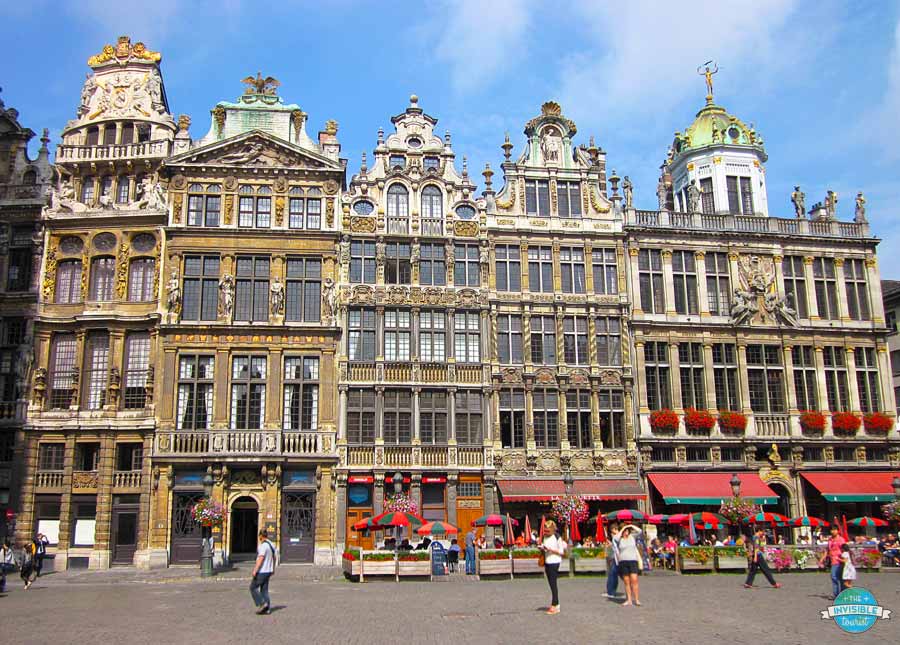
Unesco site- Grand Place, Brussels, Belgium
Known as one of the most beautiful town squares in Belgium (and arguably in all of Europe), you certainly can’t miss the Grand Place during your visit to Brussels. Pronounced as Grote Markt in Dutch, this cobbled meeting place in the city centre dates back to the 13th century where the first meat, cloth and bread markets emerged in Brussels’ early years. Its historic significance and blending of architectural styles meant the area was dedicated as a UNESCO World Heritage site in 1998.
If you’re an architecture lover, you’ll be left in complete awe at the exquisite attention to detail put into the guildhouses and other iconic buildings enclosing the cobbled square. It’s no surprise as wealthy merchants commissioned the buildings in the 15th century to also include a mixture of residences and stores.
Two of the most striking buildings are the Maison du Roi (King’s House), built in Gothic Revival style and home to the Museum of the City of Brussels and secondly the medieval Town Hall – its pointy spire towering a whopping 96 metres above the square below and is visible from many vantage points scattered throughout Brussels.
TIP: If you’re planning your trip to Brussels during August, be sure to check if the Tapis du Fleur (Flower Carpet) will be on display. This incredible event is only in town once every two years and is a spectacular [Brussels attraction]!
Check out Alyse’s post on what see in Brussels
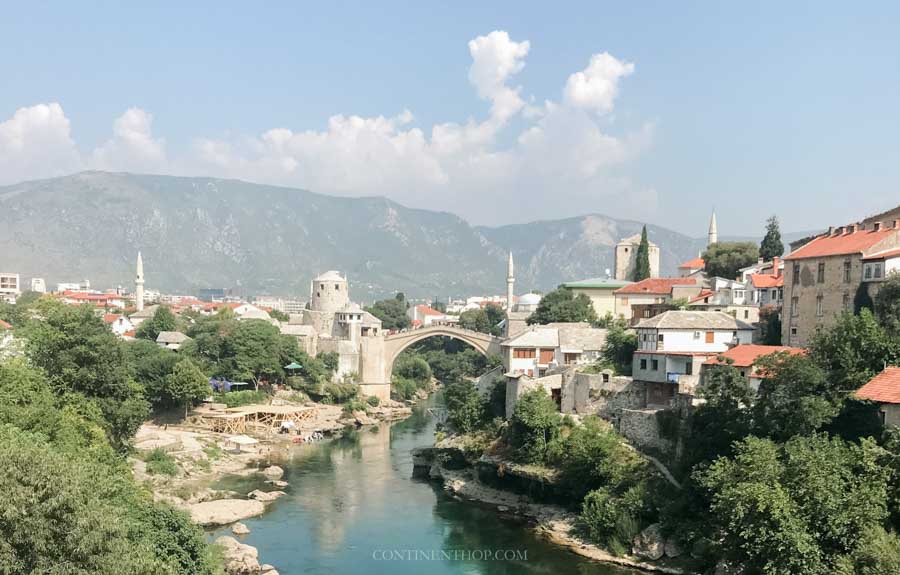
Unesco site at Mostar, Bosnia and Herzegovina
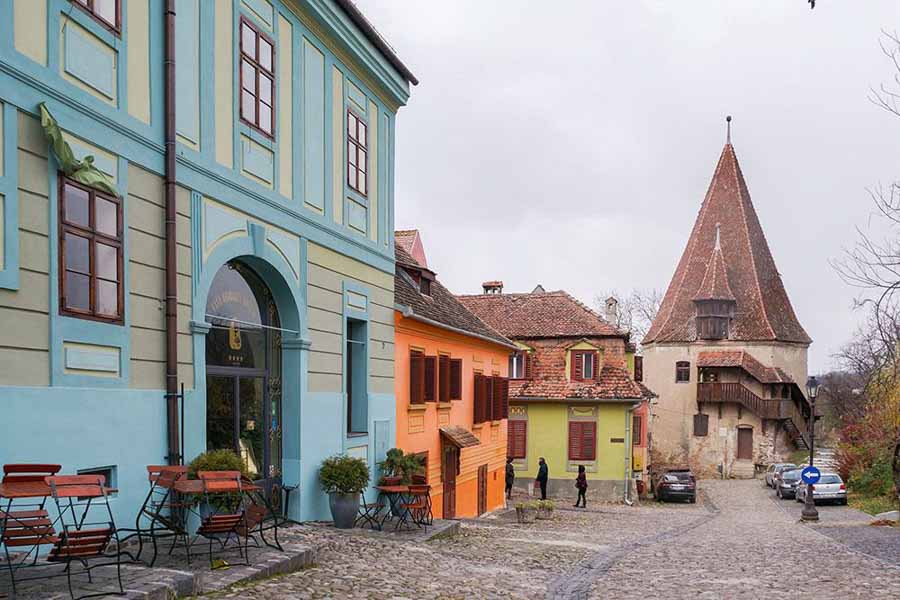
Romania unesco site at Sighisoara
Sighisoara is possibly one of the mostcolourful towns in Romania and one of the best-preserved medieval towns in Europe. Its citadel was built by the Transylvanian Saxons on top of the ruins of a Roman fortress on the 12th century, and most of the original towers still stand, along with two bastions.
The historic centre is a maze of cobbled narrow streets and buildings painted in all sorts of different pastel shades, and the best way to explore it is to just wander around and get lost. But the citadel is quite small so you won’t get lost for too long.
The Clock Tower dates back to the 14th century, and climbing to the top is a must do here. It was built as a defensive look out, so the views of the town and the valley below are a real treat.
You can also climb up to the Church on the Hill through a spooky covered staircase, which was originally built to protect children climbing the hill to school.
Sighisoara is also well known for being the birthplace of Vlad the Impaler, whose historical character was the inspiration for Bram Stoker’s Dracula. You can visit his birthplace at Casa Dracula, next to the Clock Tower, although it is now a very kitschy attraction.
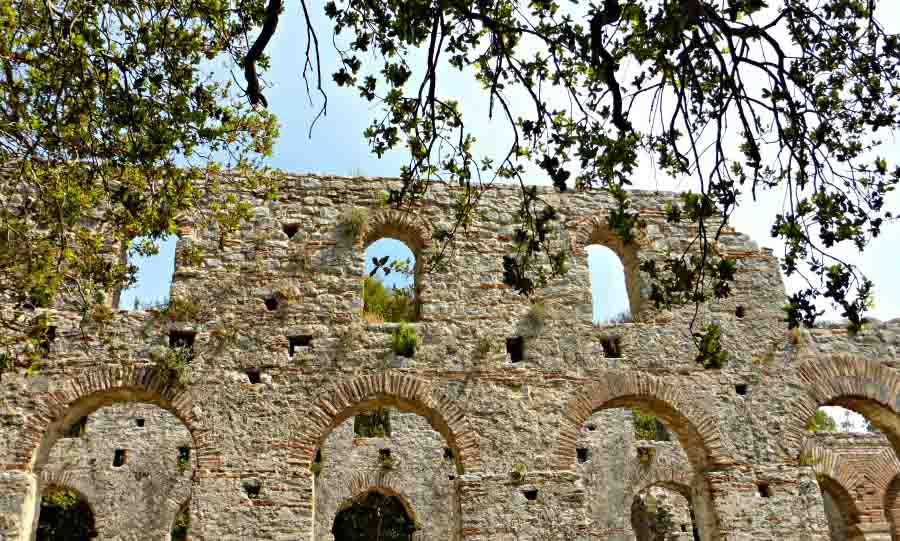
Unesco site at Butrint, Albania
Nestled in the forest in southern Albania, close to the Greek border and the sunny Ksamil beach, is the archaeological site of Butrint. It is the main archaeological park (and a national park) in Albania, and one of the best-preserved areas in the Balkan peninsula.
Discovered in the 1920s by an Italian archaeologist when Albania was occupied by Italy, the site is now almost 500 acres that visitors can explore. Amongst the ruins are paths through the trees and flowers, walks near along the Vivari Canal, and wonderful views of the surrounding area – especially from the castle at the top of the hill.
The area of Butrint has been inhabited since prehistoric times and has been a Greek colony, a Roman city, a district controlled by a bishop, and home to Ottomans that built the castle on the hill that is now an informative museum. Today the area seems to still be unspoiled as there aren’t that many visitors (at least when compared with many other UNESCO sites in Europe) so you’ll really feel like you’ve discovered something special. Although the signage is in English, as well as Albanian, we felt like our guide really brought the ruins to life with his stories about the history, culture, and traditions of those that had walked there before us.
A couple of our favorite places on the site were the well preserved Greek theatre and the Basilica – especially the mosaic floor that you can see a small section of. The peacefulness and quiet of the site was also wonderful as you could wander in and amongst the ruins with the sounds of birds, insects, and the rustling of the leaves being the only things you heard in some places.
We would highly recommend all visitors to Albania allow themselves the better part of a day to make a visit out to Butrint – either as part of an organised tour or in a rental car. If traveling independently you could also make a stop at the nearby Ksamil beach for a refreshing dip after your explorations.
Check out Lee and Stacey’s post on Butrint in Albania
Unesco site at Kotor, Montenegro
Kotor is a historic town on the Adriatic Coast of Montenegro that is the best-preserved medieval town on the Mediterranean. This must-visit UNESCO World Heritage Site encompasses the old town, its fortifications, and the surrounding region of the inner Bay of Kotor. Construction on Kotor’s fortifications dates back to the 9th century, with changes and additions spanning 10 centuries. The Bay of Kotor is so beautiful it will take your breath away! To get the best view of Old Kotor and the Bay of Kotor, hike up the trail on St. John’s Hill. Enjoy Old Kotor by wandering around the maze of cobblestone streets and squares, getting lost as you explore. Souvenir shops, cafes, cathedrals, palaces, hotels and museums await to be discovered inside the walls. Make sure not to miss the 12th century Cathedral of St. Tryphon’s, with many frescoes and a treasury of jewels.
Kotor can be reached by public bus, rental car, taxi, private transfer, or even boat. We flew into Podgorica and rented a car, which we recommend since the drive is scenic and you’ll want to stop for photos along the way. It is also possible to fly into Dubrovnik in Croatia and take a bus or car from there. Cruise ships dock at the port of Kotor, creating an influx of tourists during daytime hours, so avoid peak tourist season for a better experience. The best time to visit is spring and fall when Kotor is less crowded and prices are lower.
Check Alexis post on photos of Montenegro
More tips to visiting the UNESCO World Heritage Sites of Europe
When planning your visit to the UNESCO World Heritage Sites of Europe, here are some additional tips to enhance your experience:
Research and Plan Ahead: Europe is home to numerous UNESCO World Heritage Sites, so research the sites you’re interested in and plan your itinerary accordingly. Consider factors such as location, accessibility, and opening hours to optimize your time and make the most of your visit.
Purchase Tickets in Advance: Some popular UNESCO sites may have a high influx of visitors, so it’s advisable to purchase tickets in advance whenever possible. This will help you avoid long queues and ensure entry to the site of your choice.
Check for Guided Tours: Many UNESCO sites offer guided tours led by knowledgeable experts. These tours can provide valuable insights, historical context, and interesting anecdotes about the site. Consider joining a guided tour to enhance your understanding and appreciation of the site’s significance.
Respect the Rules and Regulations: When visiting UNESCO World Heritage Sites, it’s important to follow the rules and regulations in place. This includes respecting any photography restrictions, staying on designated paths, and avoiding touching or damaging any artifacts or structures. By being mindful of the site’s preservation, you contribute to its longevity for future generations.
Time Your Visit Strategically: Popular sites can get crowded, especially during peak tourist seasons. Consider visiting early in the morning or later in the afternoon to avoid the busiest times. Shoulder seasons or weekdays might also offer a quieter experience. Check the site’s website or inquire locally for information on the best times to visit.
Dress Appropriately and Be Prepared: Be mindful of the dress code requirements, especially when visiting religious or sacred sites. Some sites may have specific guidelines regarding attire, such as covering shoulders or knees. Additionally, pack essentials such as comfortable walking shoes, sunscreen, a water bottle, and a map or guidebook to navigate the site effectively.
Engage with Interpretive Material: Take advantage of interpretive materials available at the site, such as information panels, brochures, or audio guides. These resources provide valuable background information and enrich your understanding of the site’s history, architecture, and cultural significance.
Explore Beyond the Main Sites: While the main UNESCO World Heritage Sites are undoubtedly remarkable, consider venturing off the beaten path to explore lesser-known or nearby sites. This can lead to hidden gems, lesser-known attractions, and a more personalized experience.
By keeping these tips in mind, you’ll be well-prepared to make the most of your visit to the UNESCO World Heritage Sites of Europe. Immerse yourself in the rich history, breathtaking architecture, and cultural wonders that these sites offer, creating unforgettable memories of your journey.
Enjoy this posted – please Pin it !
Conclusion on visiting the Unesco World Heritage Sites Europe
In conclusion, visiting the UNESCO World Heritage Sites in Europe offers a remarkable and enriching experience. These sites represent the pinnacle of human achievement, showcasing the diverse cultural, historical, and natural heritage of the continent. By following some essential tips such as researching in advance, purchasing tickets ahead of time, and respecting the rules and regulations, you can optimize your visit and make the most of your time at these iconic locations.
Exploring these sites with an open mind and a spirit of curiosity allows you to delve into the fascinating stories and legacies they hold. Engaging with interpretive materials, joining guided tours, and taking the time to appreciate the intricate details and architectural wonders will deepen your understanding of the site’s significance.
Thanks for visiting today and checking out this post on Unesco World Heritage Sites Europe, if you enjoyed the images and post, could you please share it with any of the social media buttons located around the post.
If you like what you see, come and check out my other social media channels for more updates, including Instagram, Pinterest and Twitter
Disclosure – There are affiliates links on this posts which provide a small commission to support this site at no extra cost to you. Thank you for reading, and happy travels.

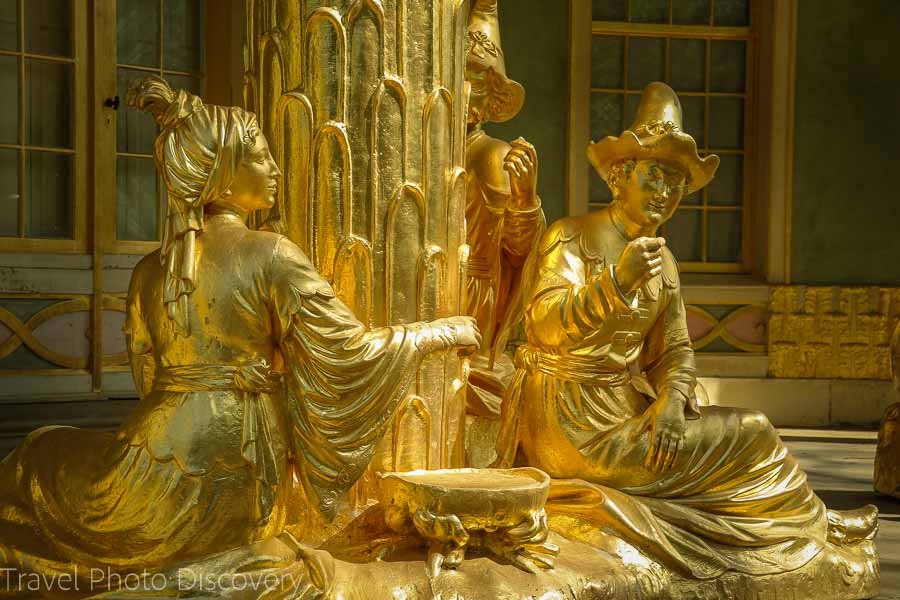
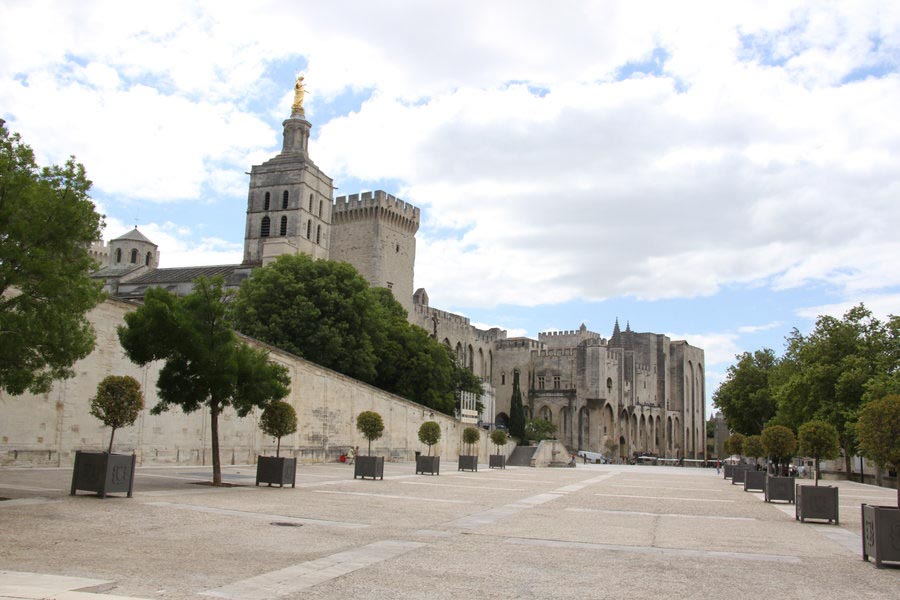
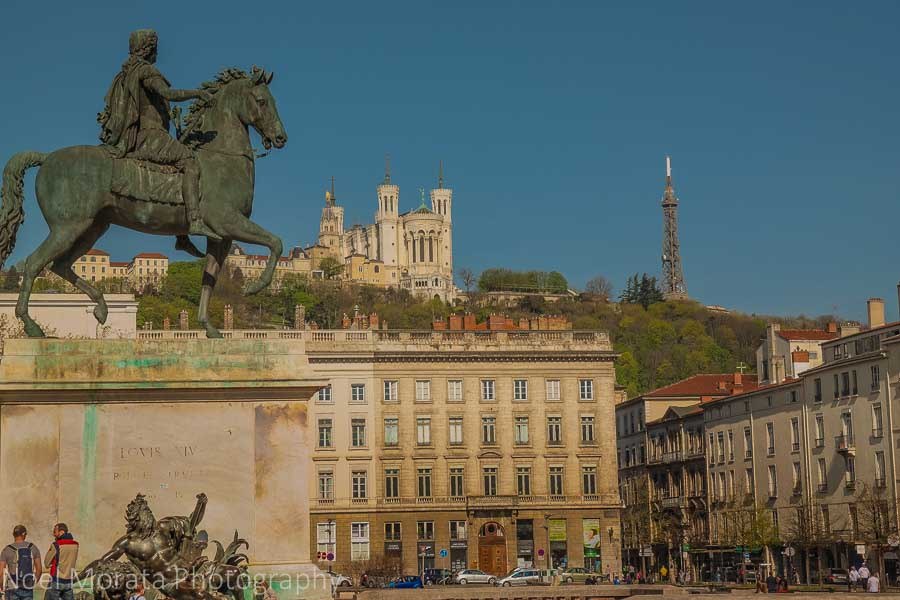
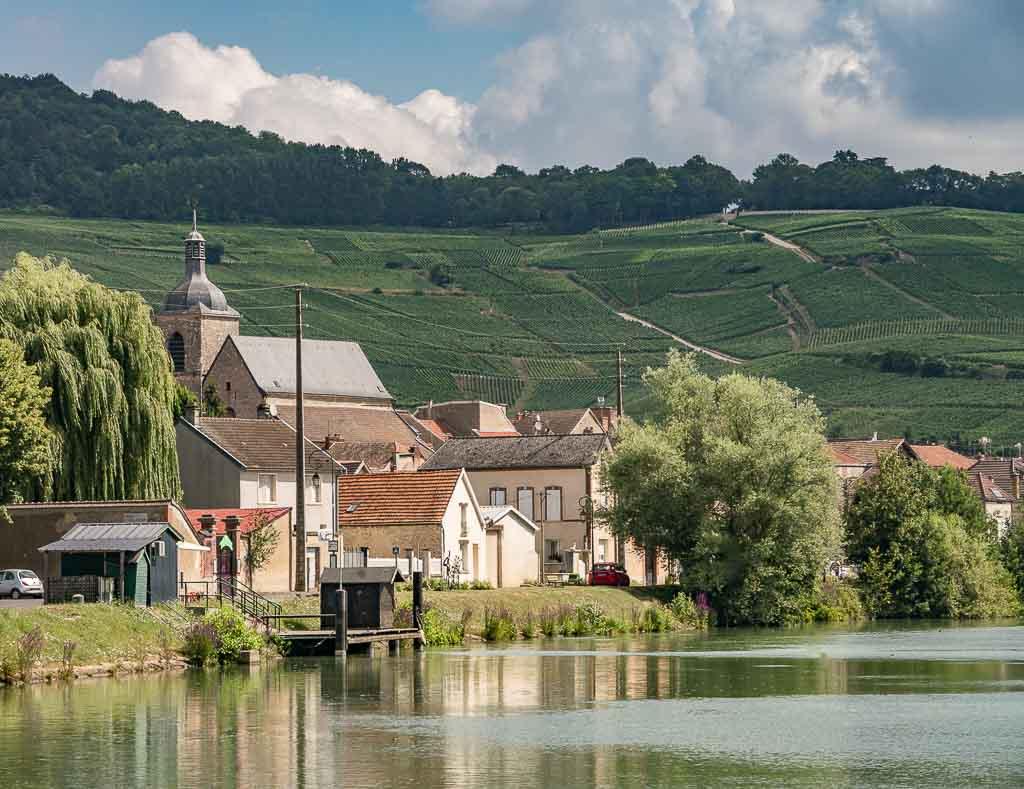
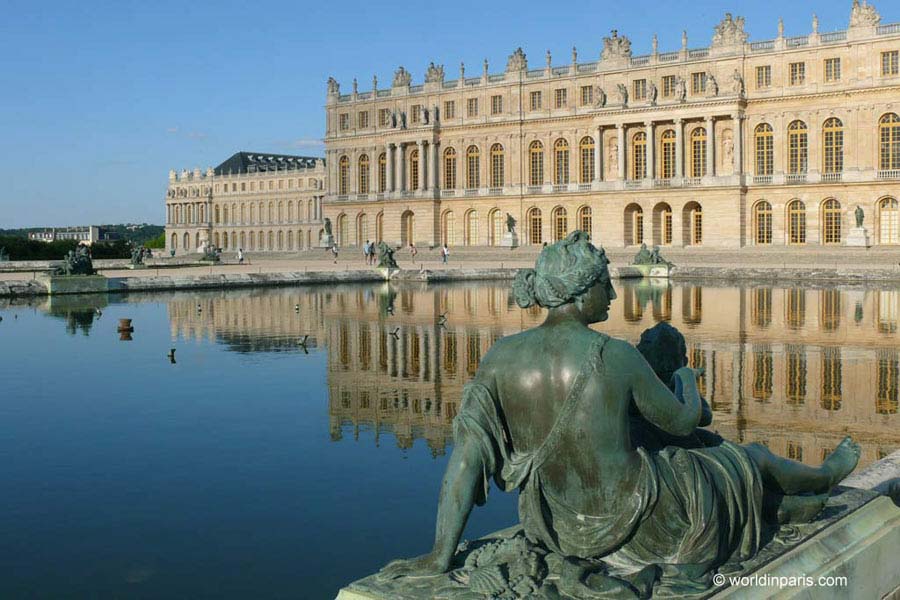
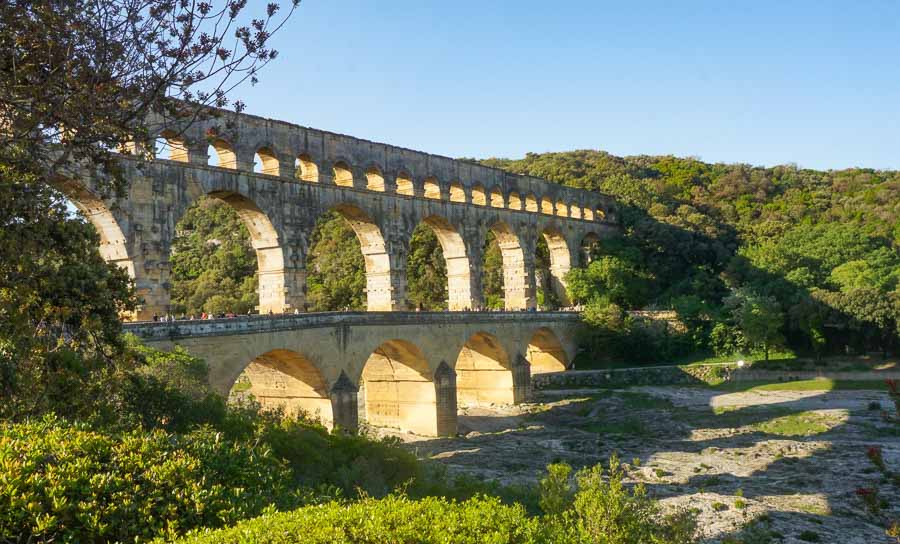
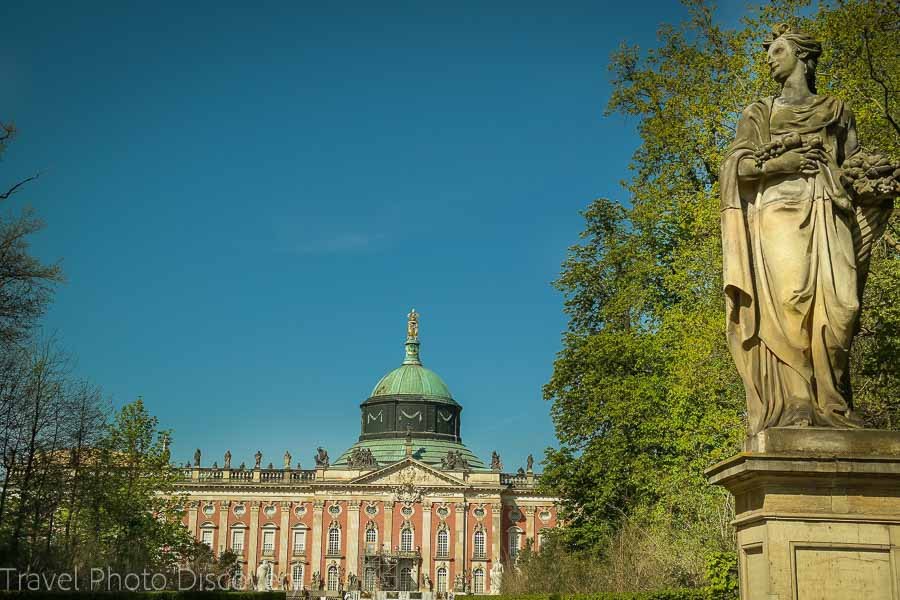
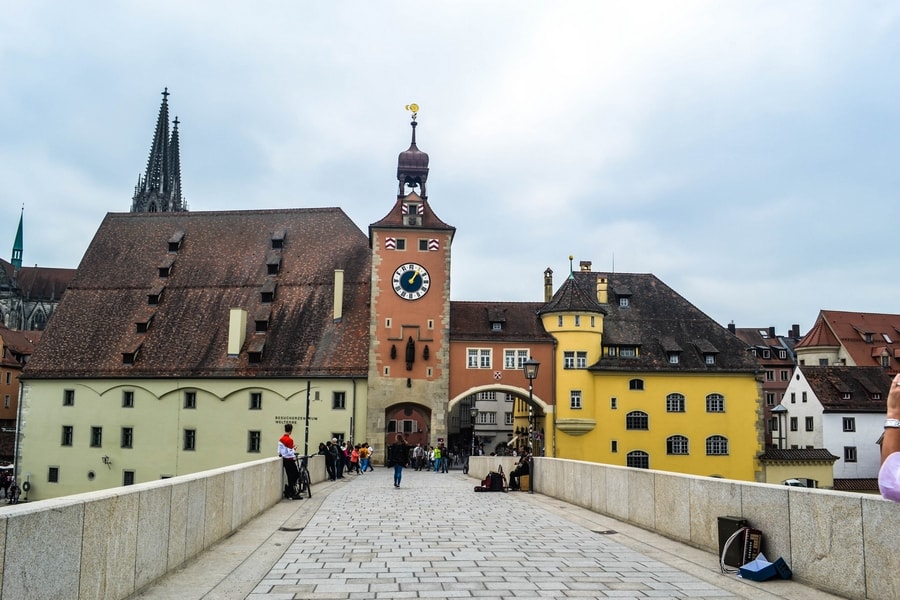
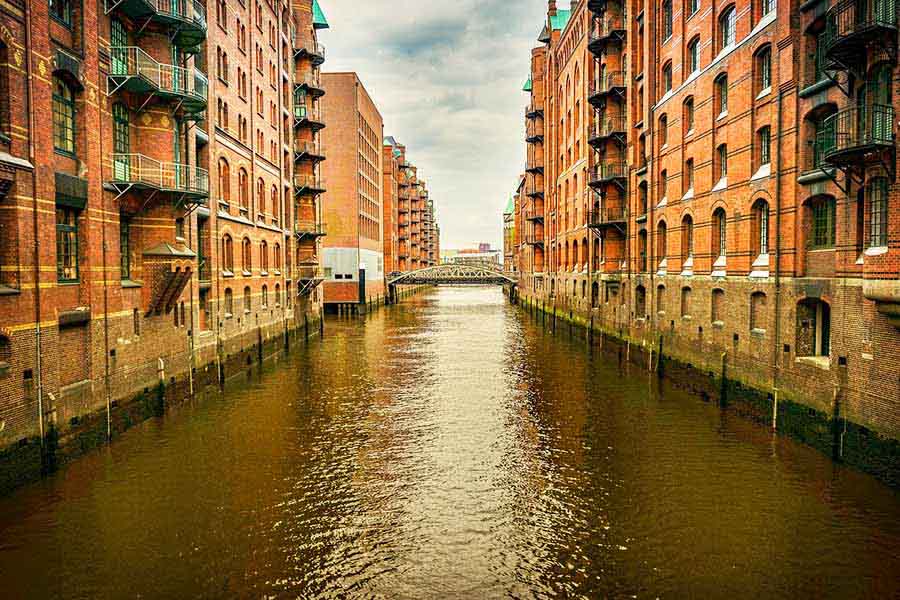
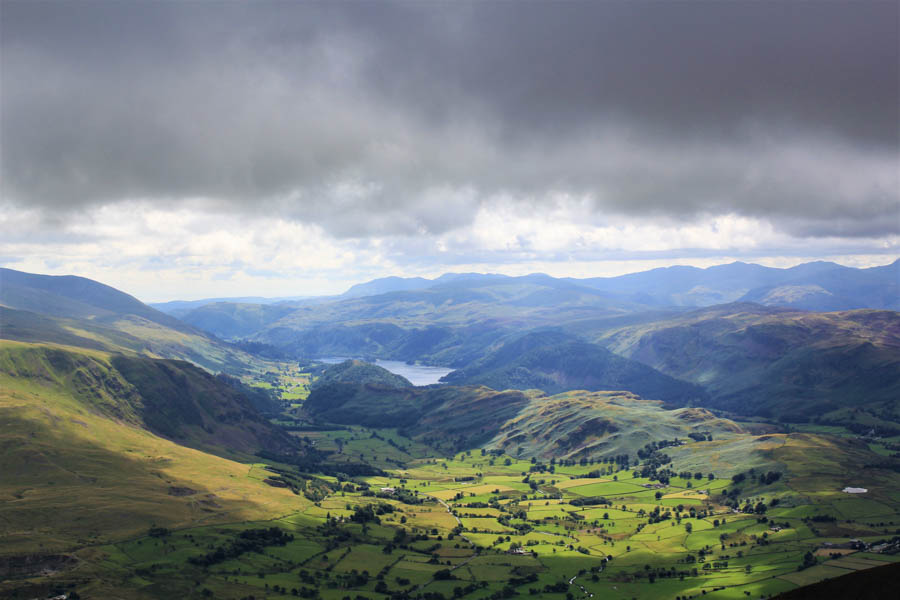
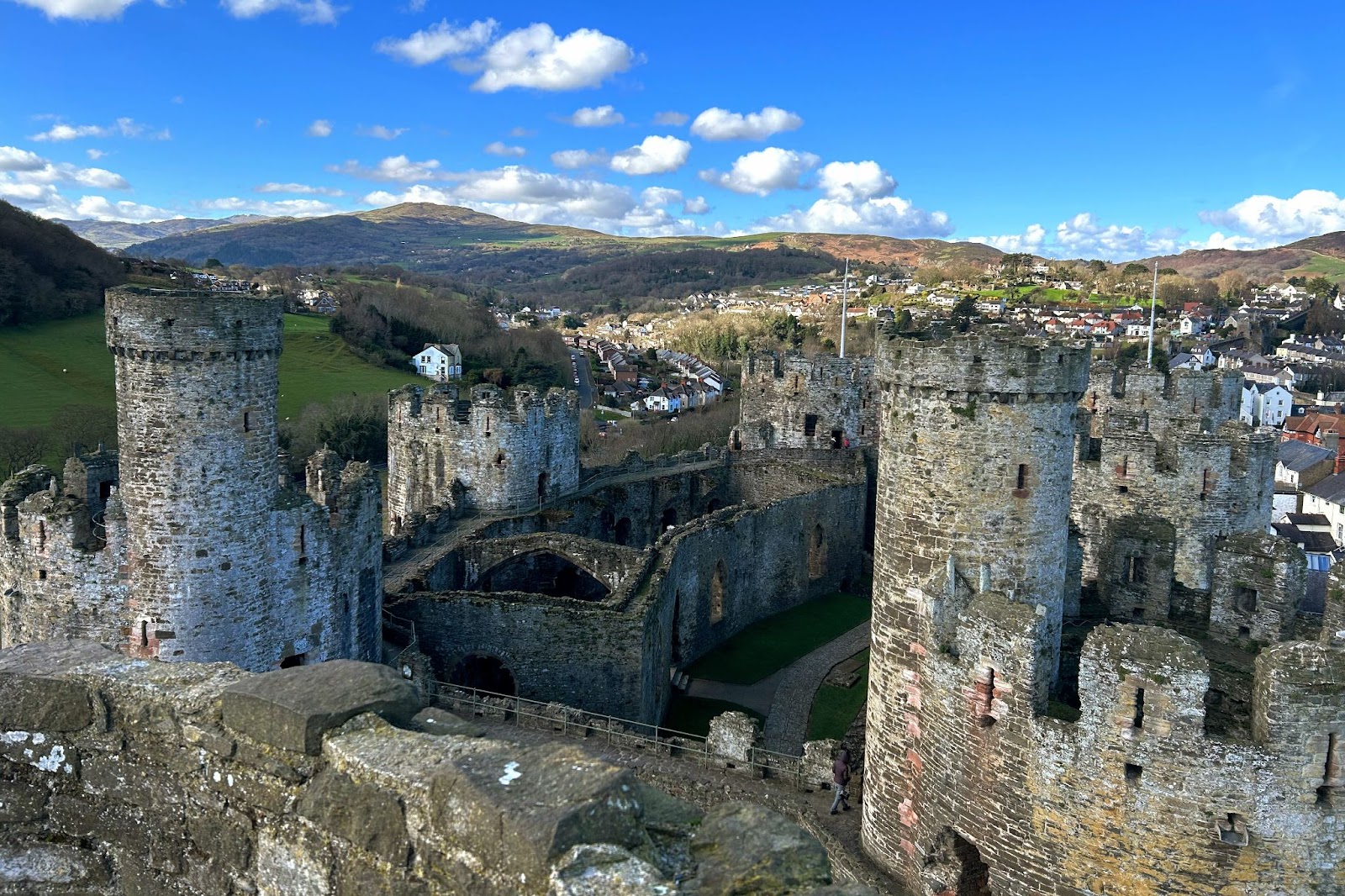
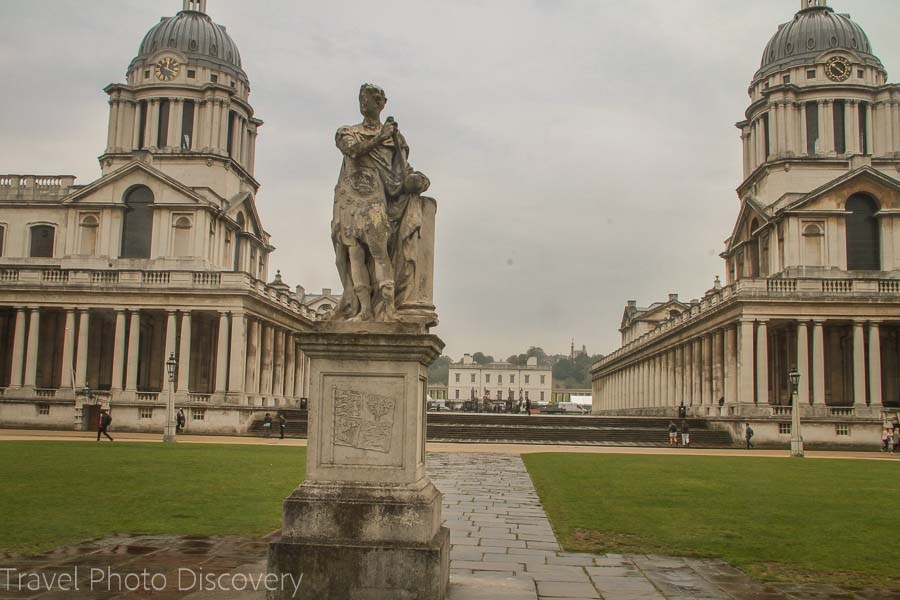
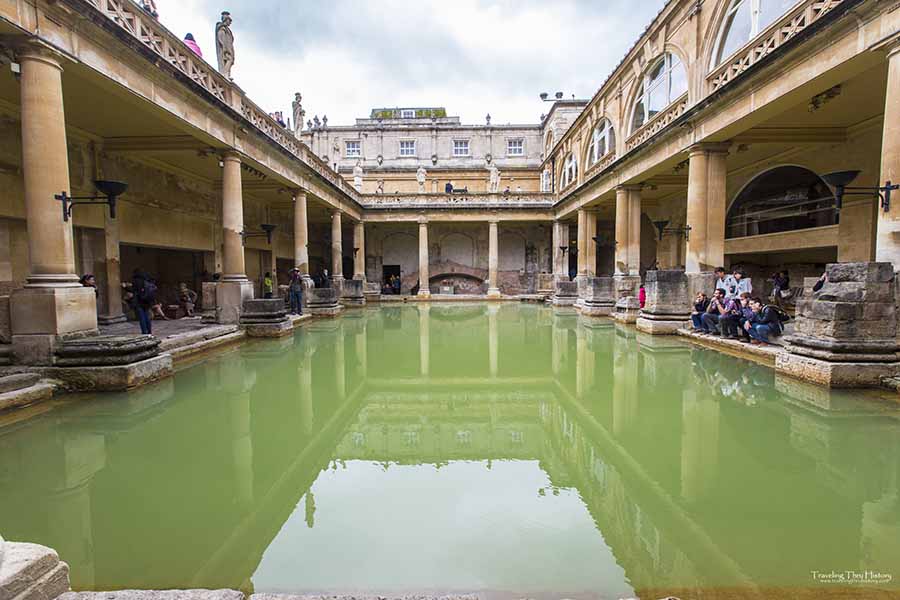
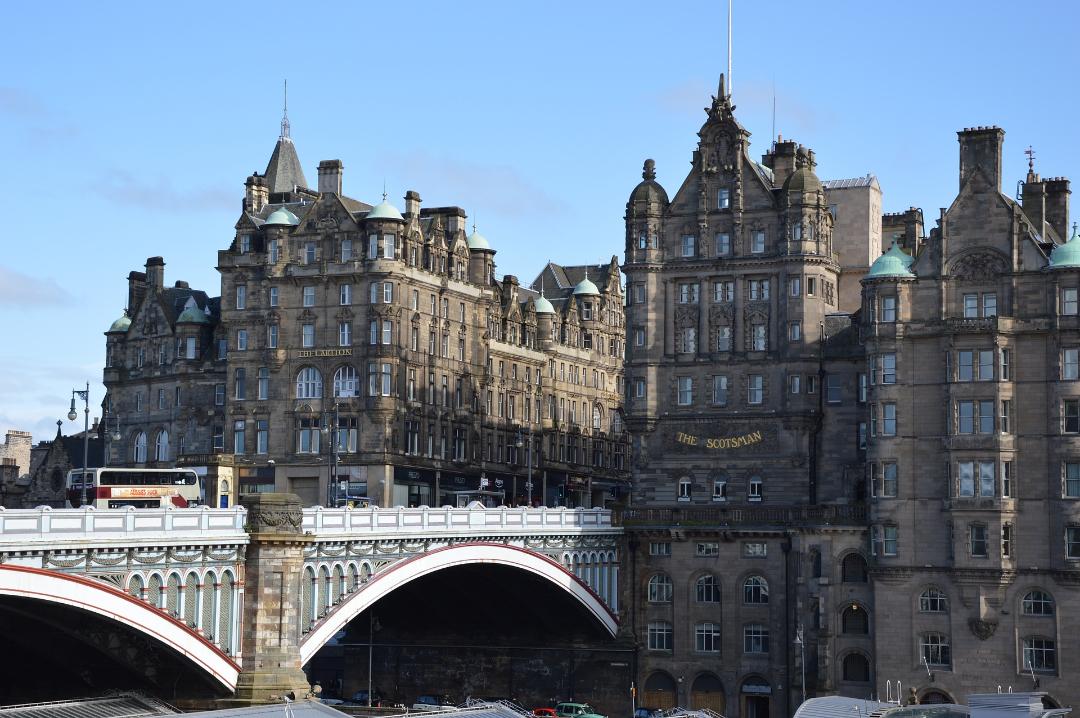
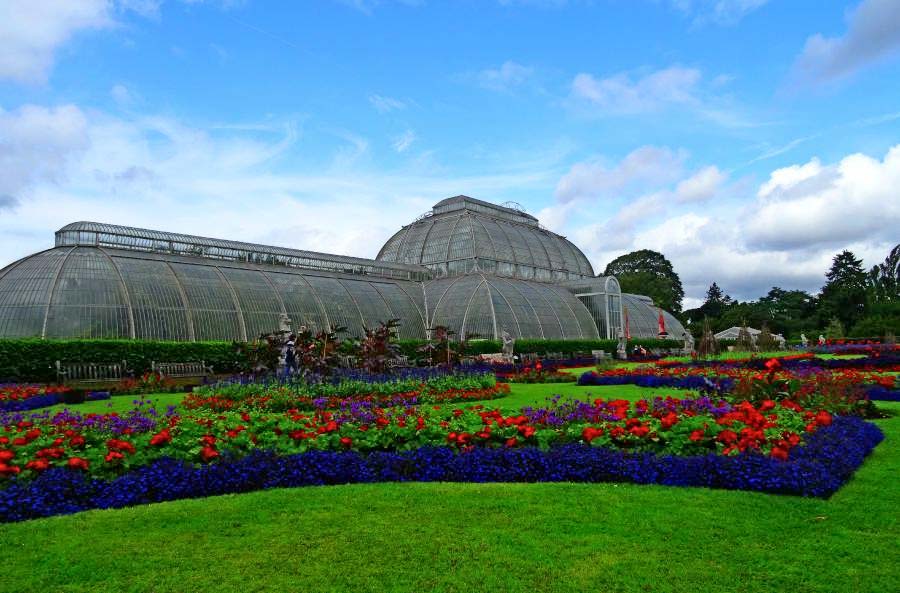
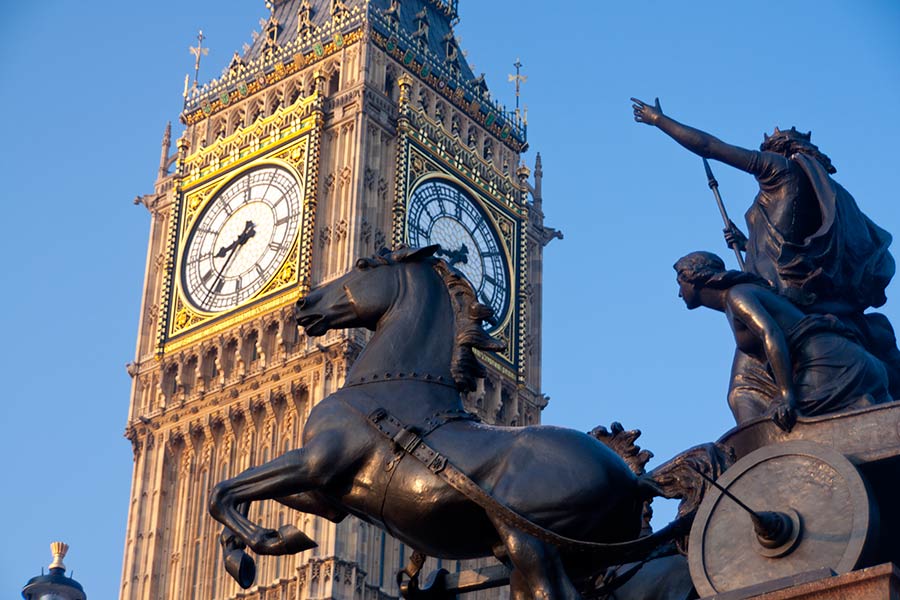
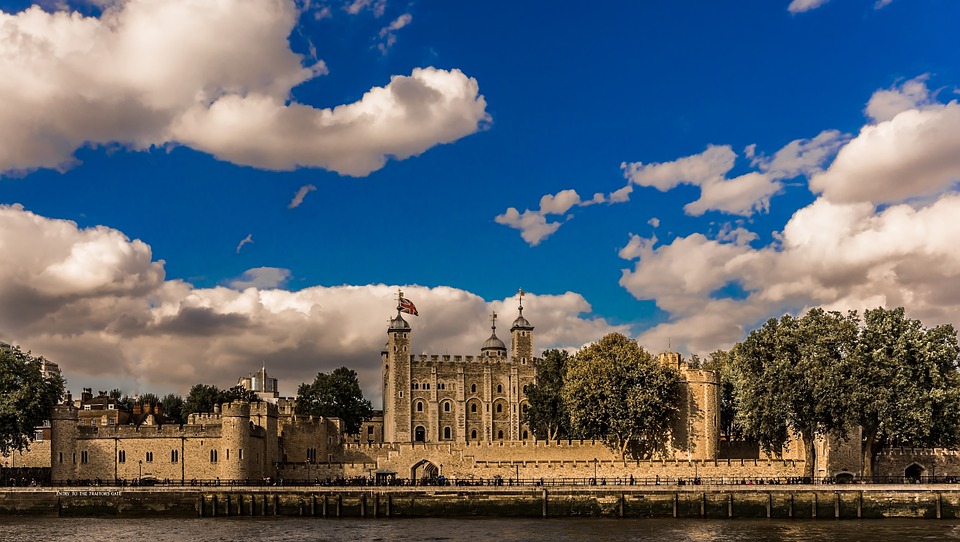
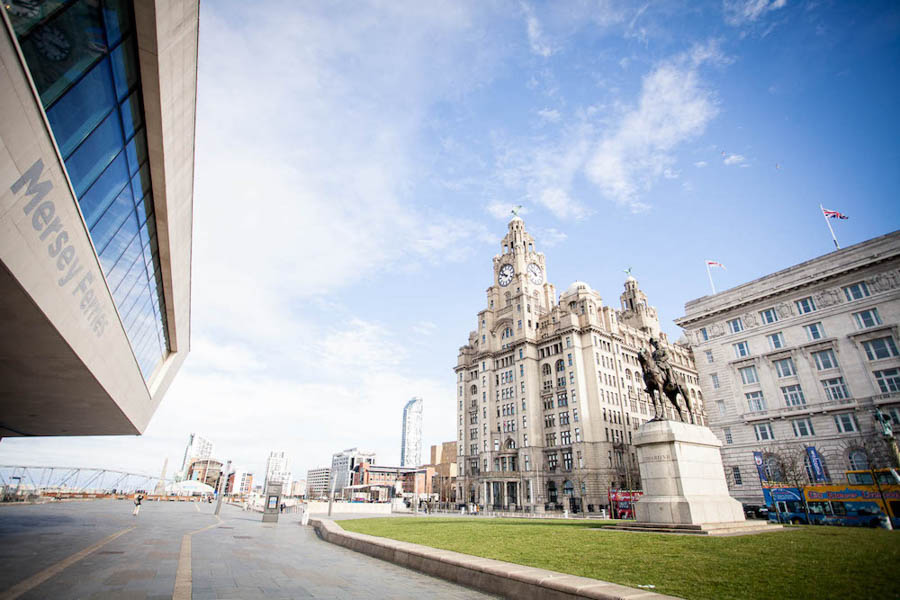
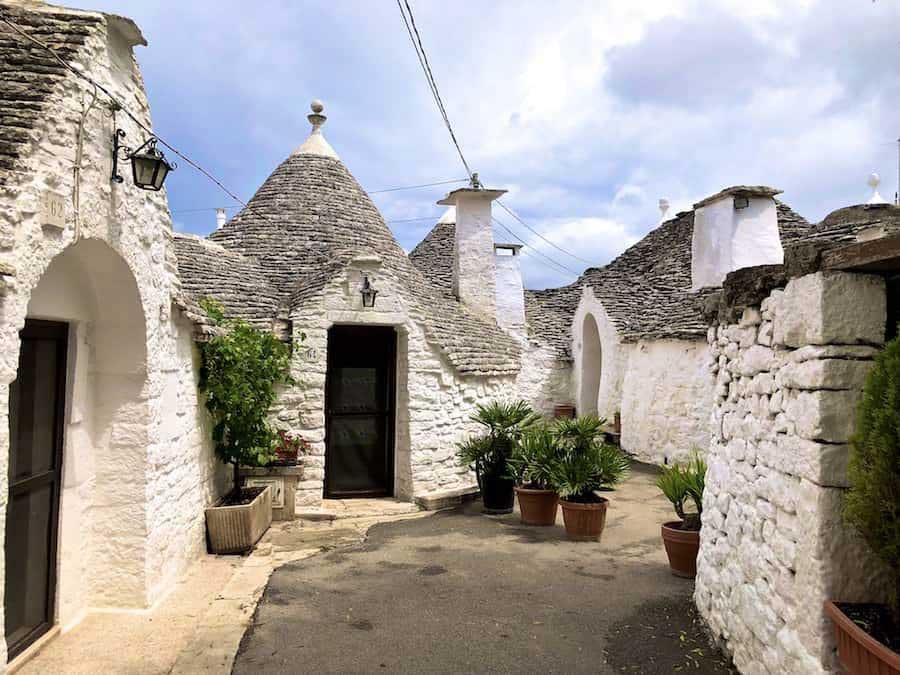
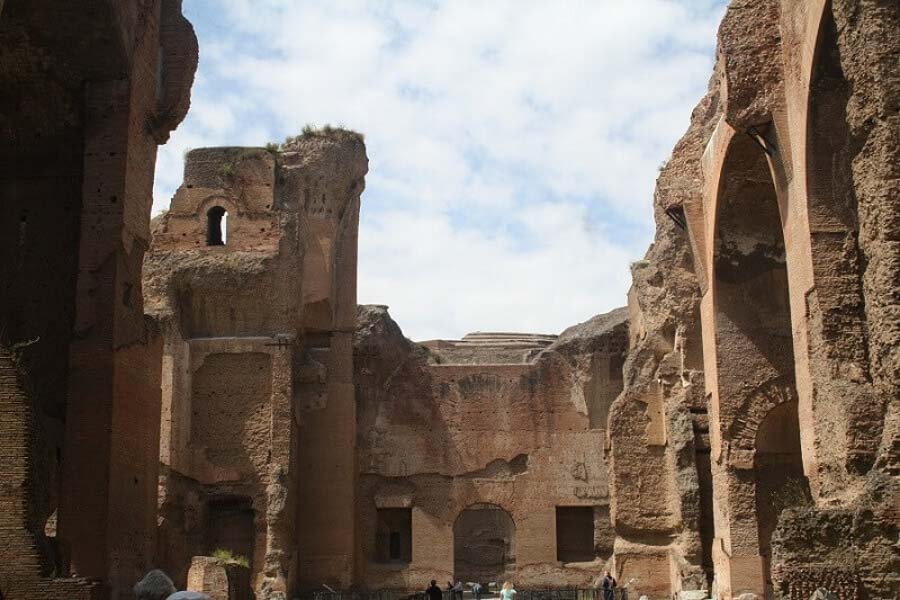
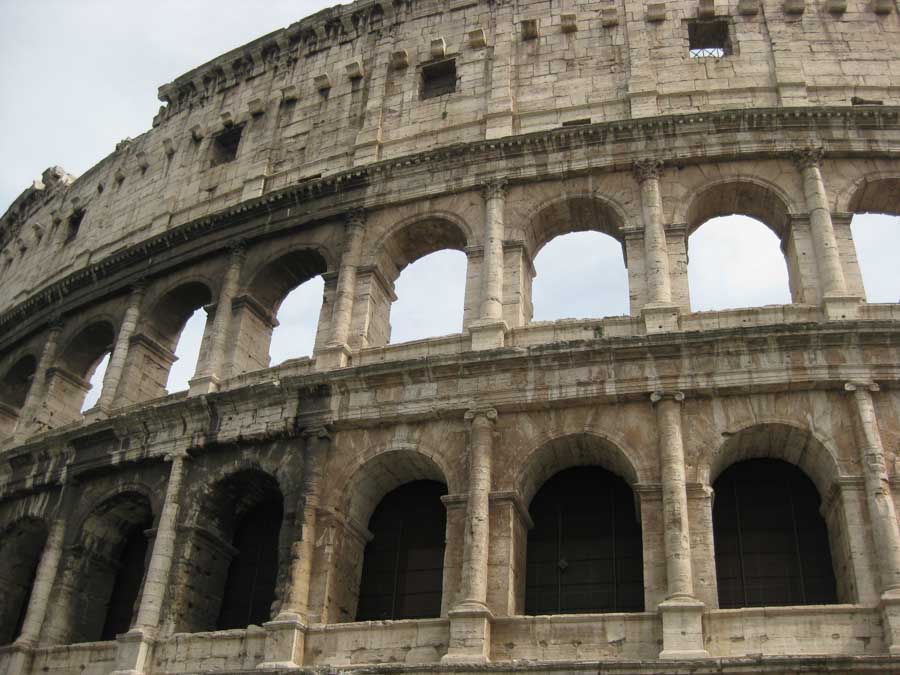
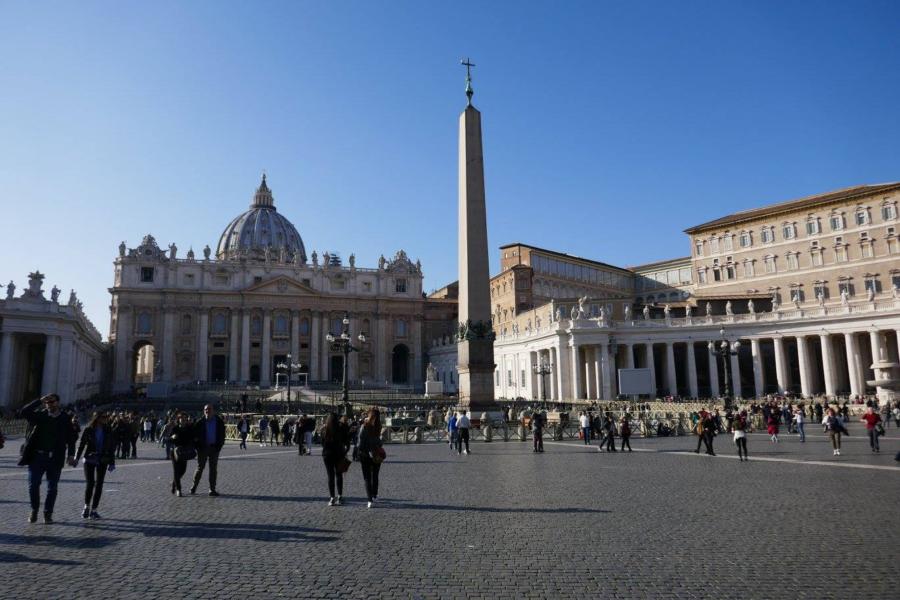
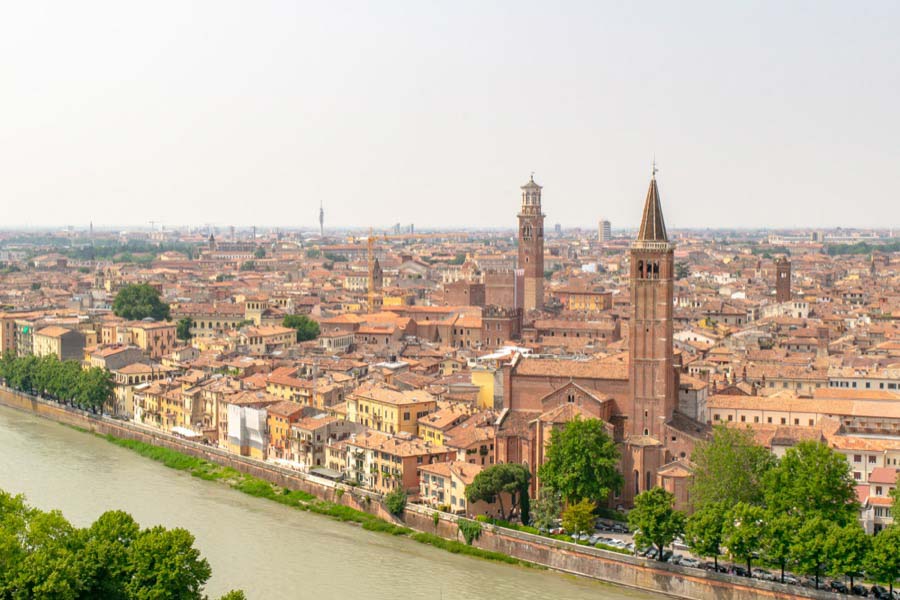
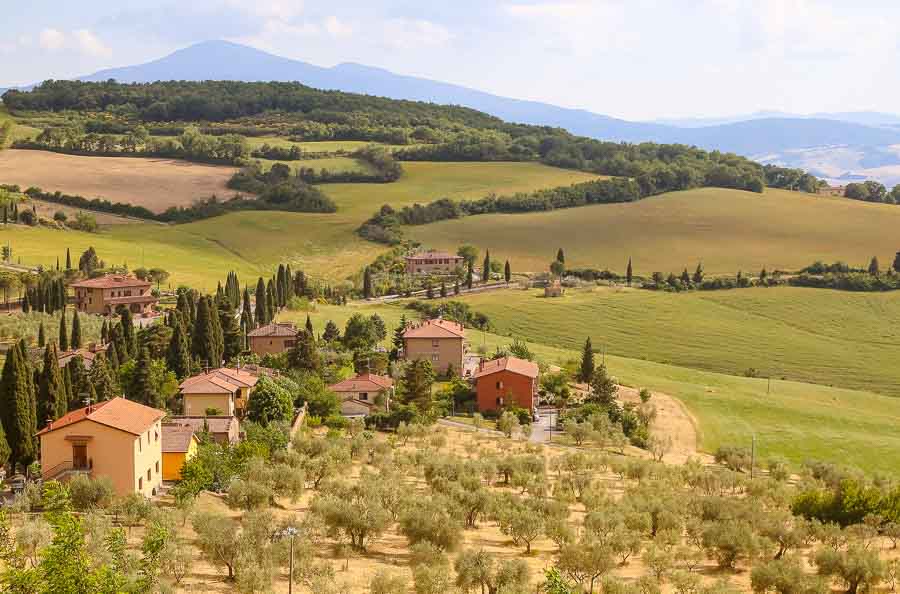
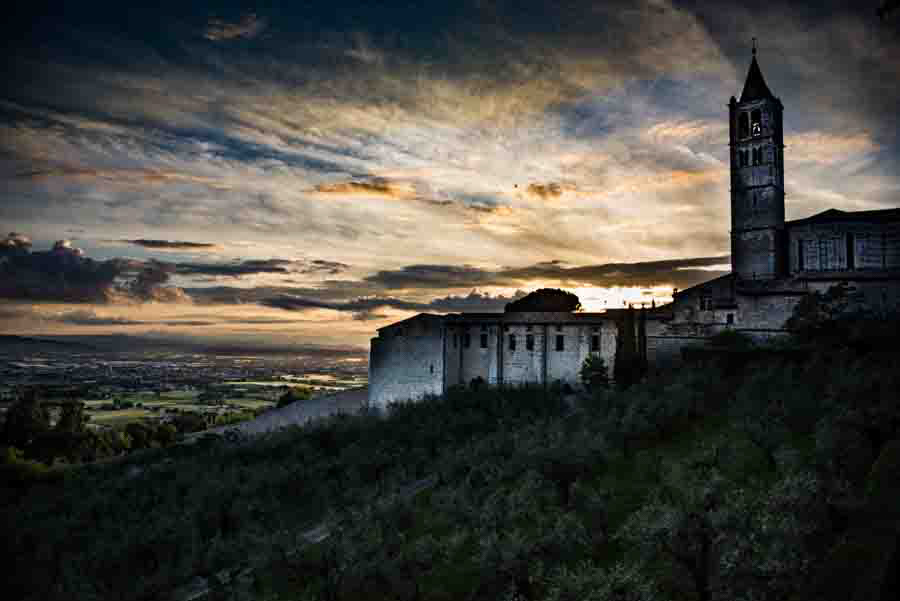
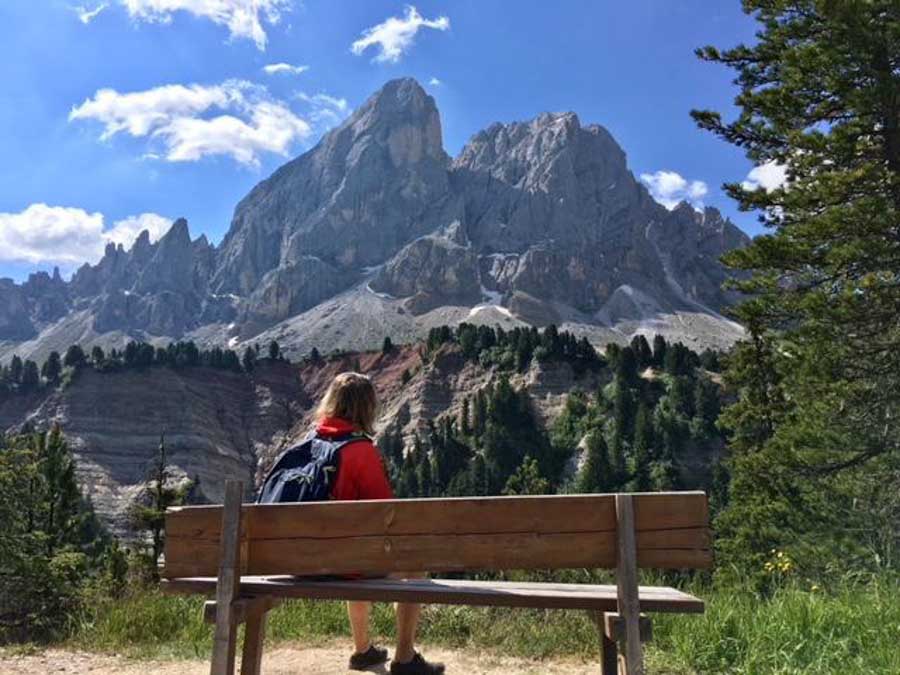
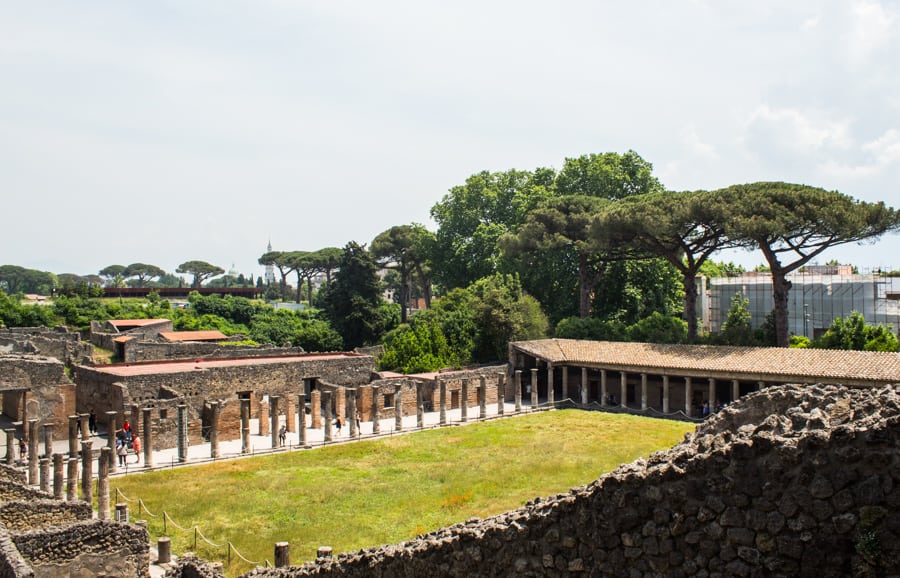
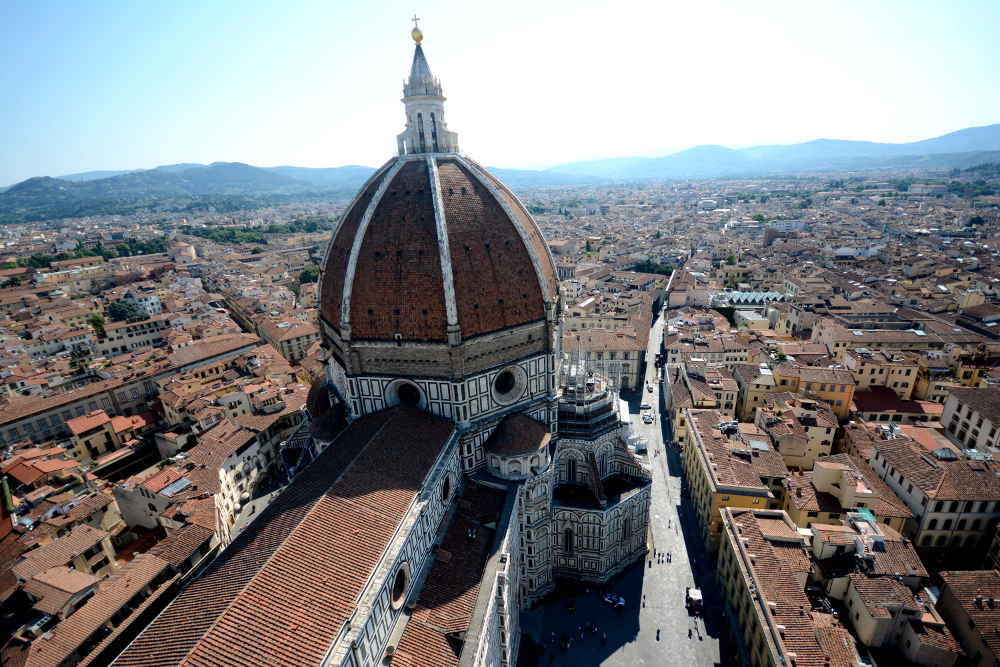
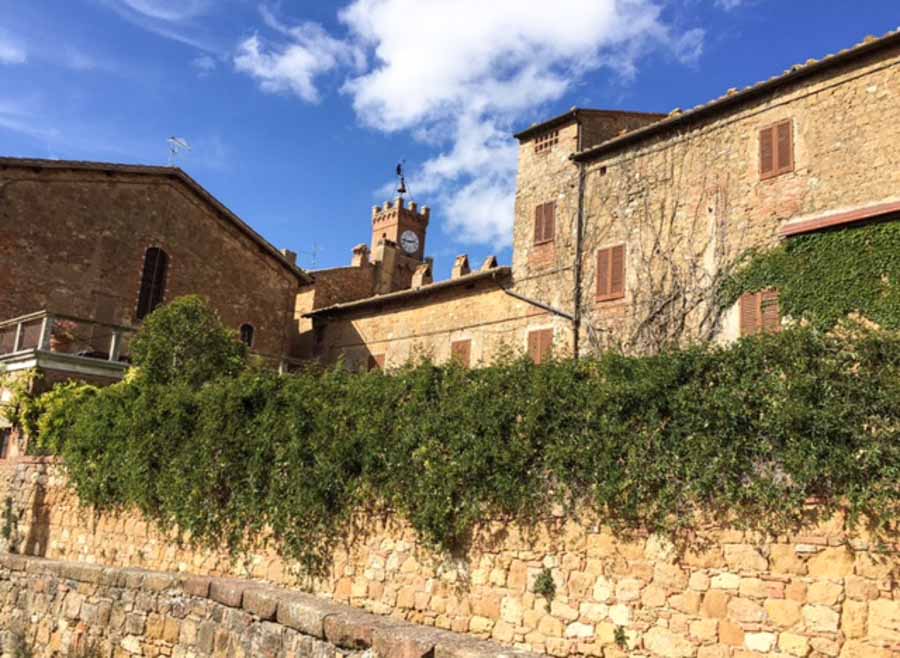
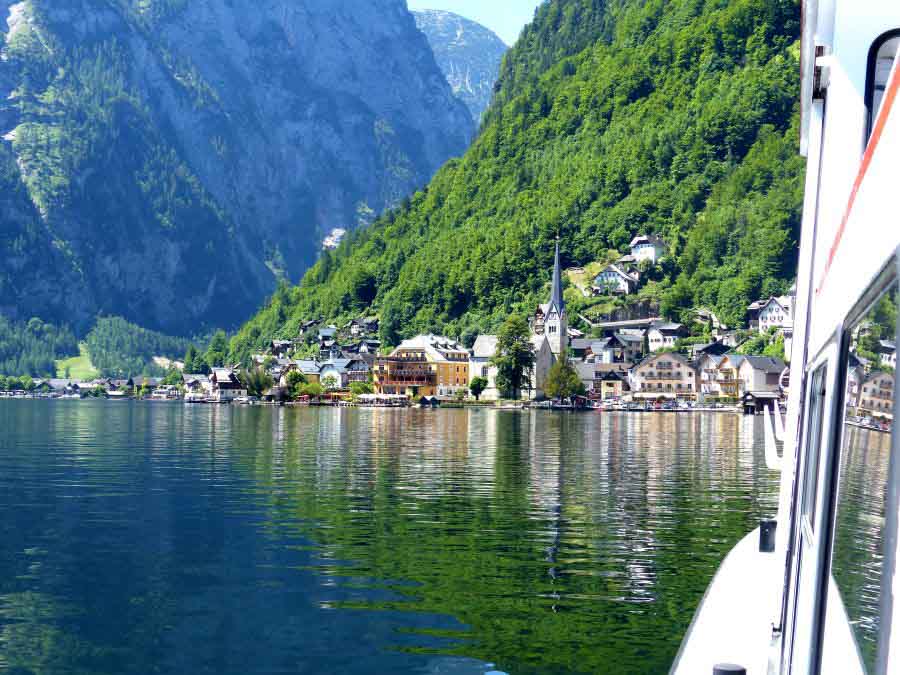
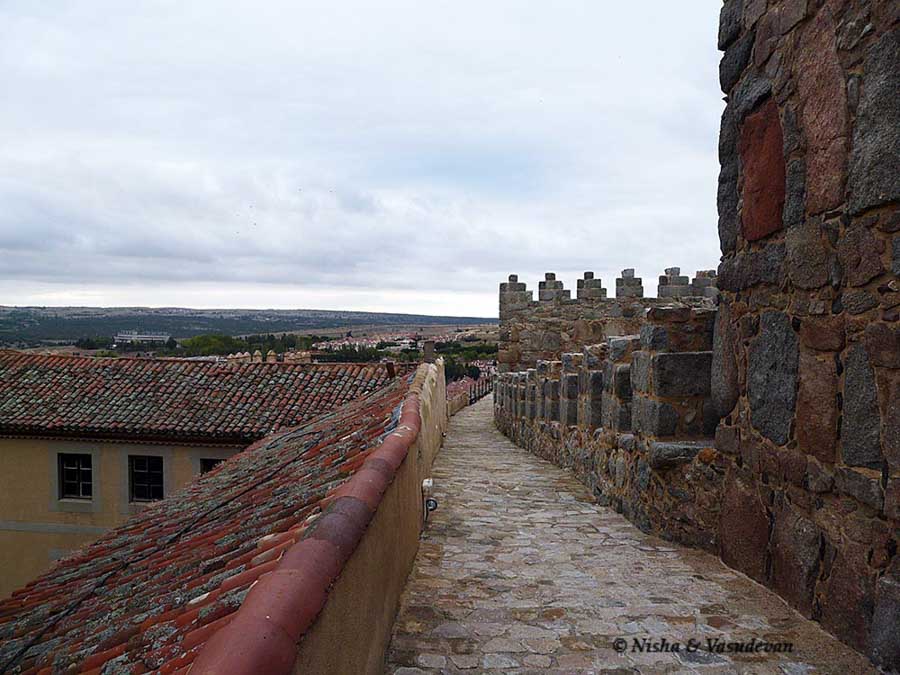
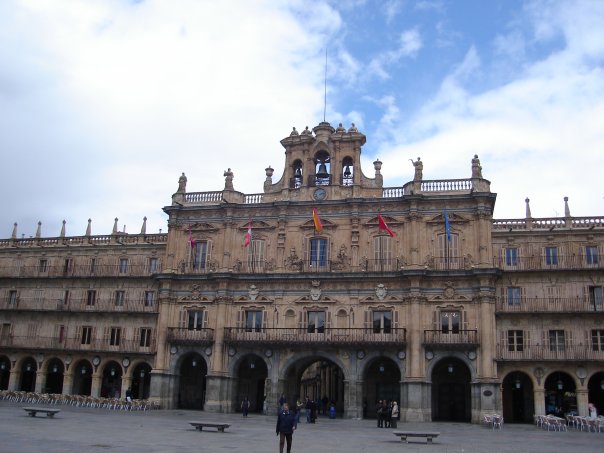
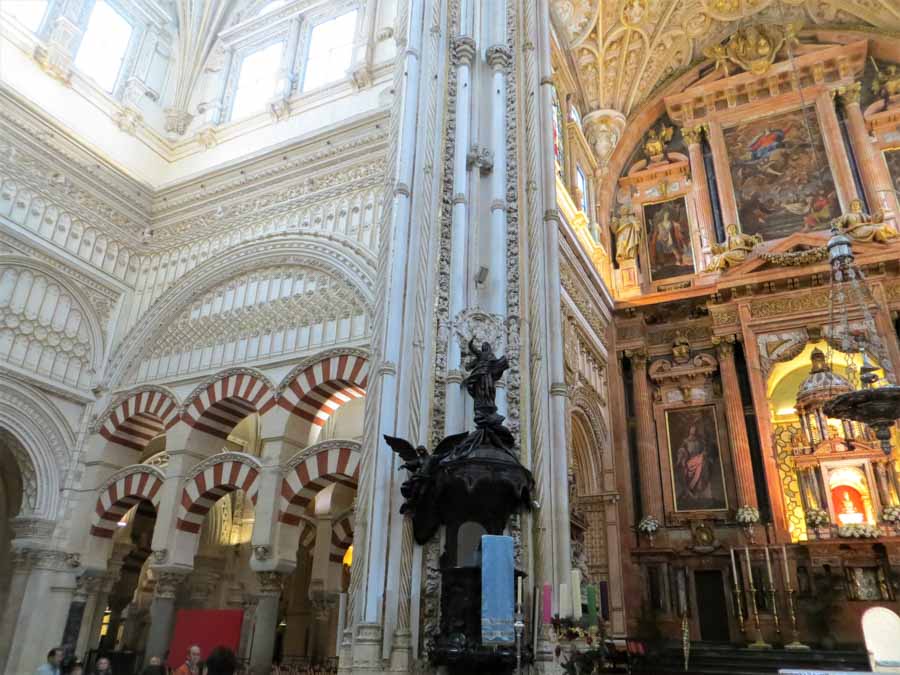
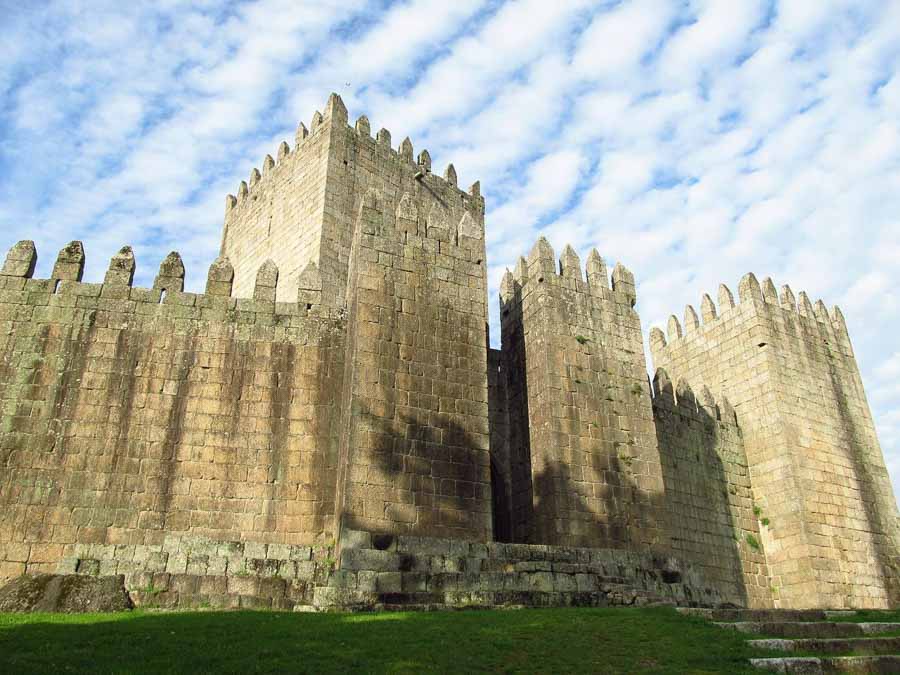
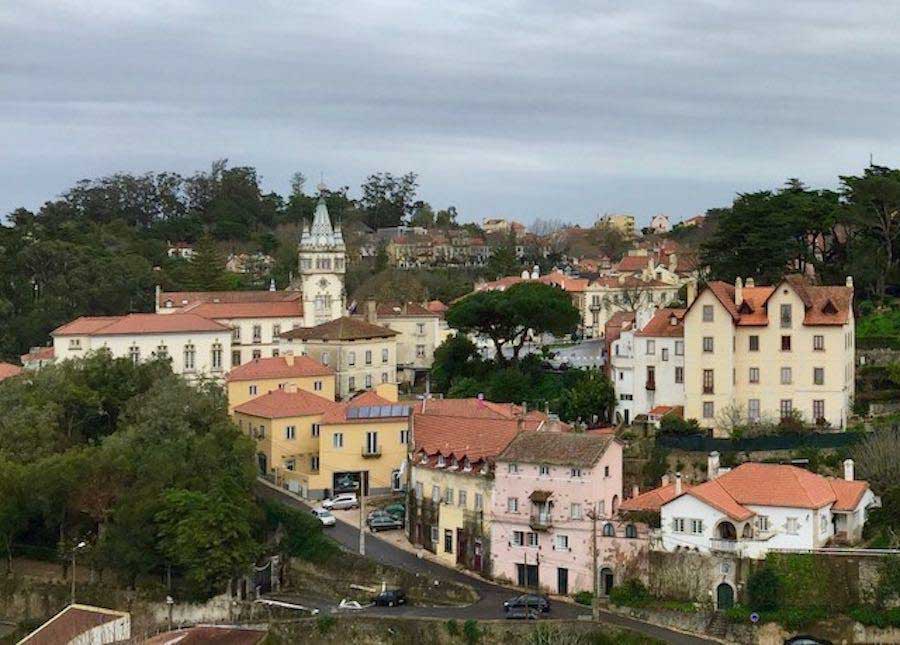
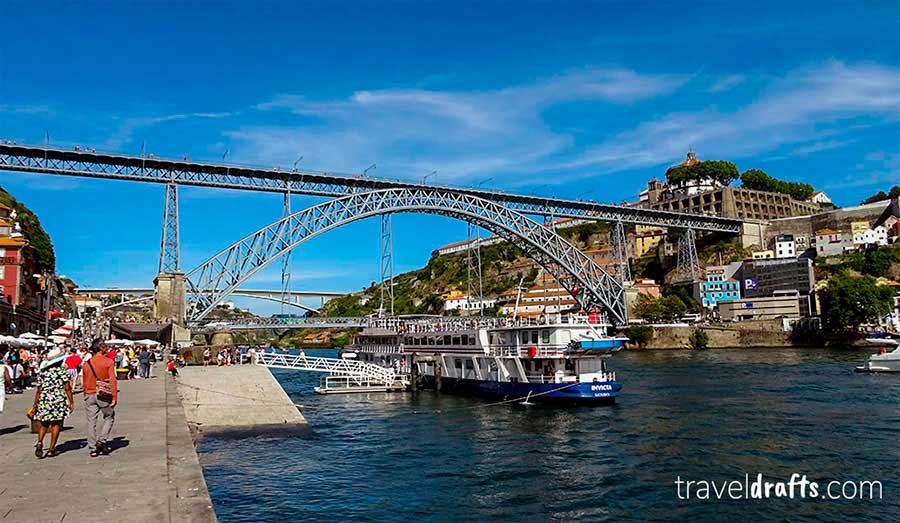
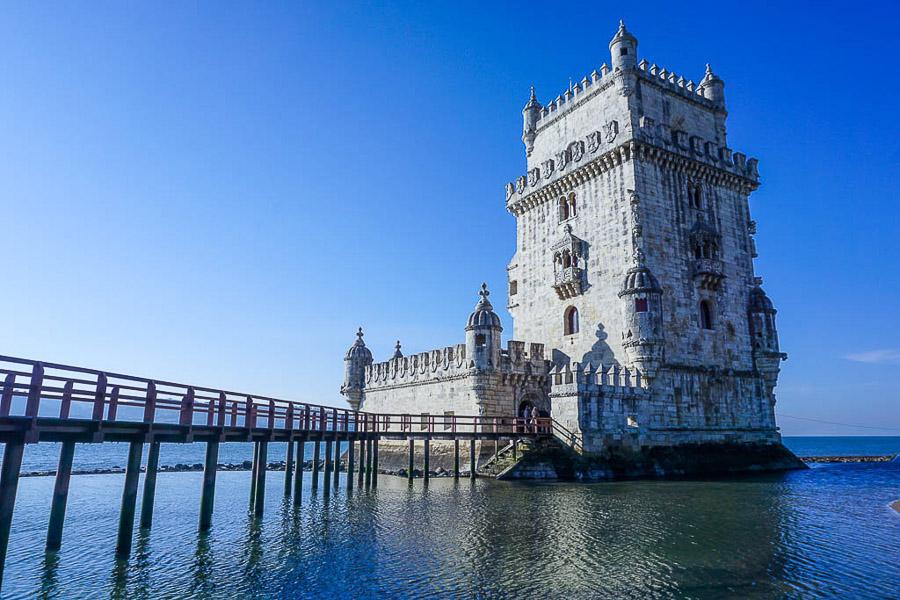
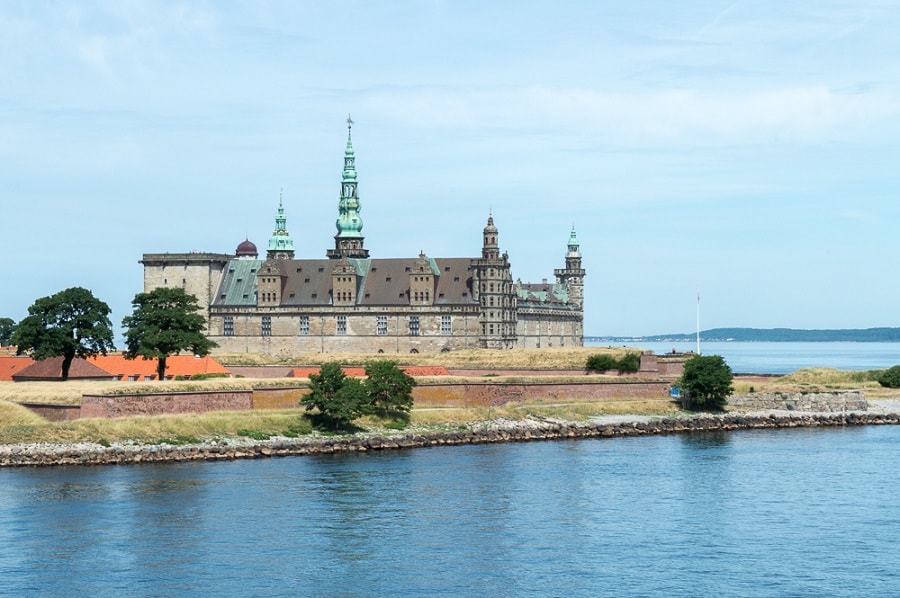
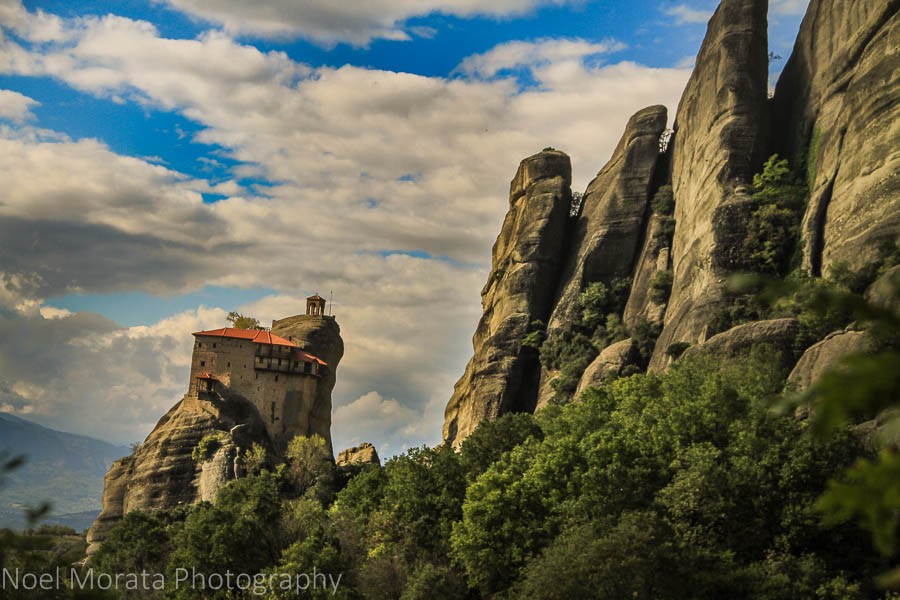
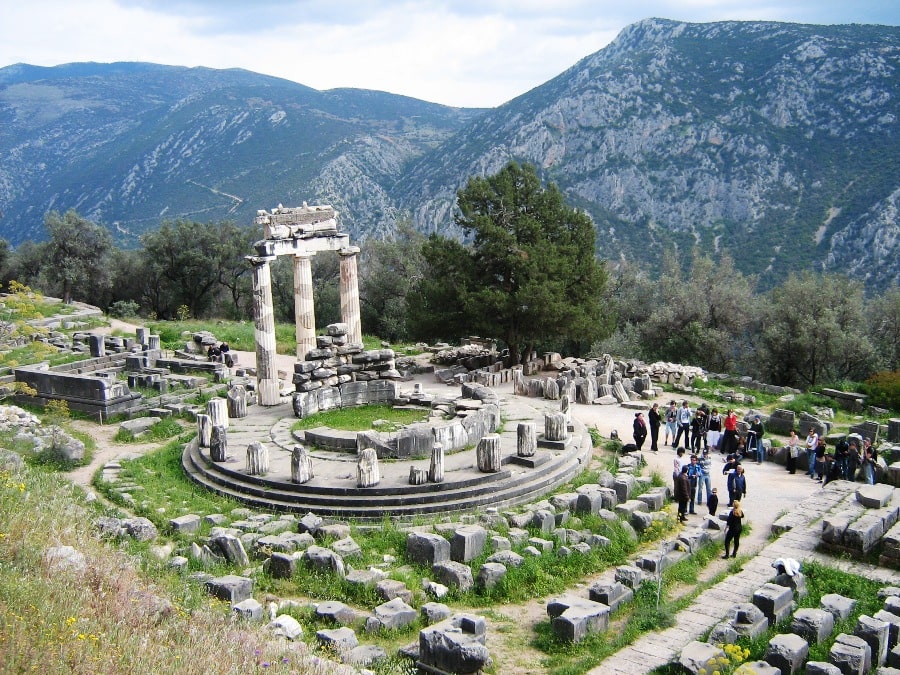
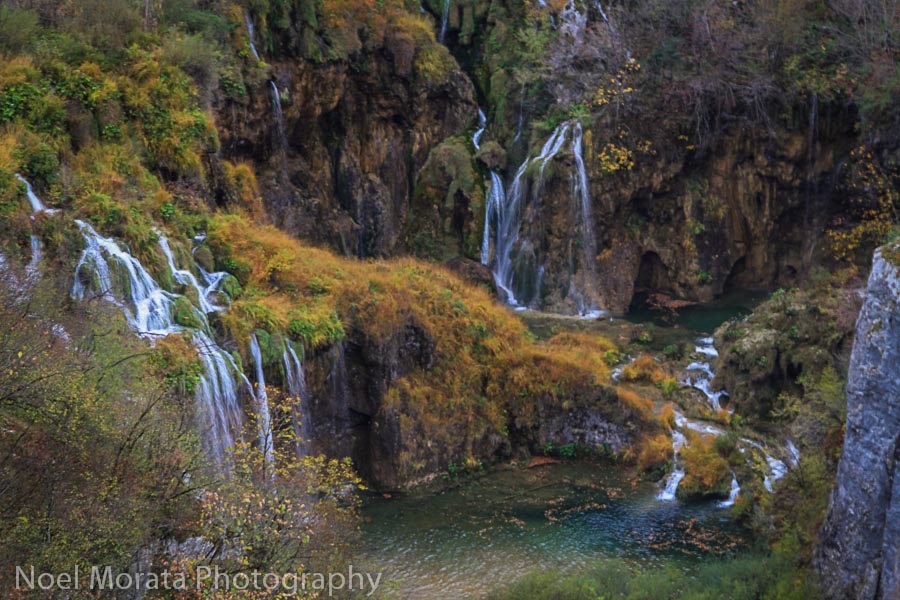
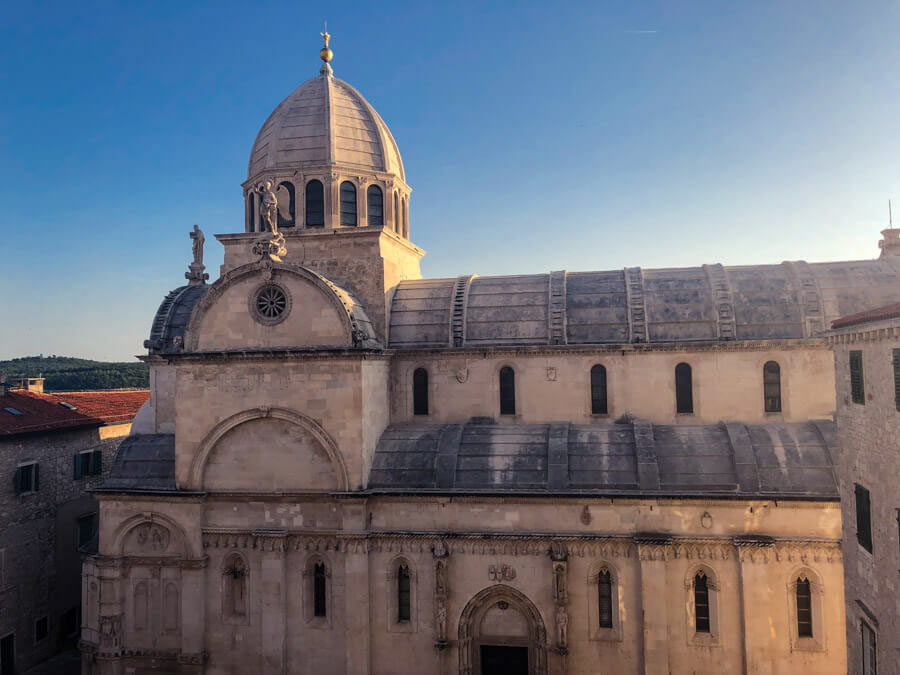
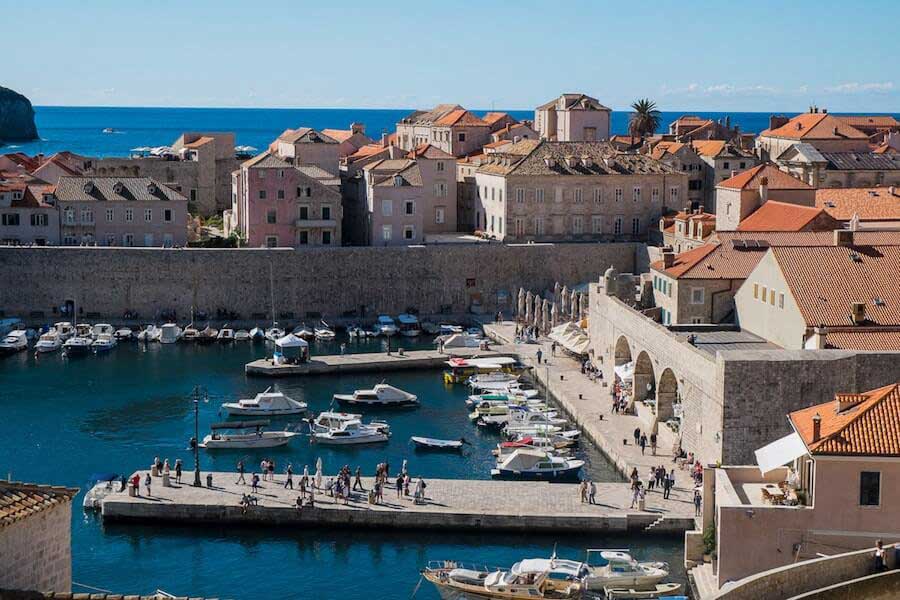
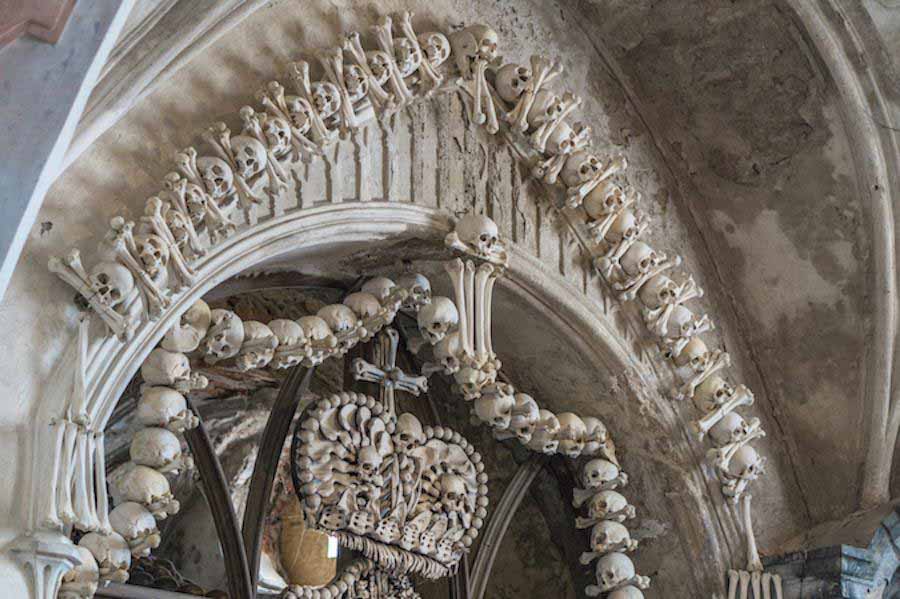
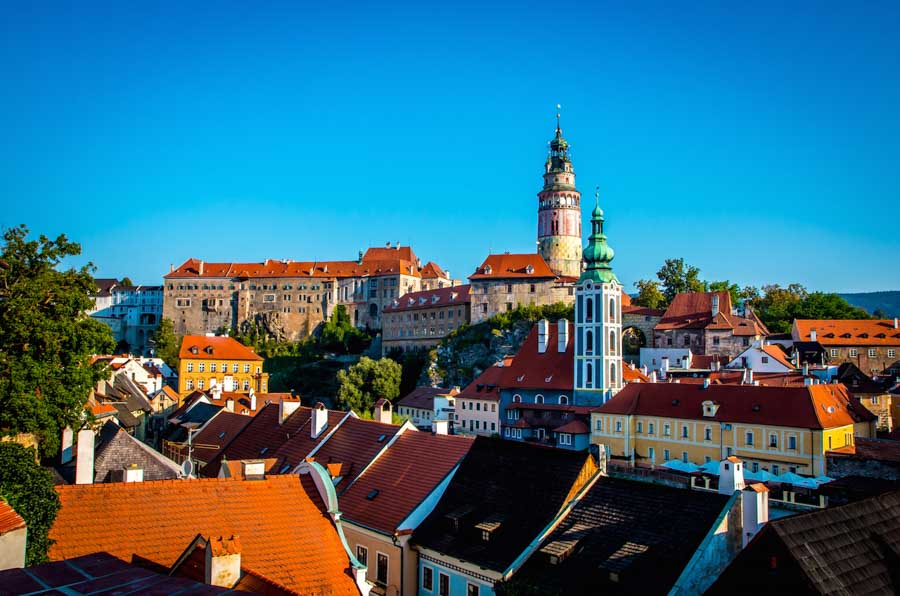
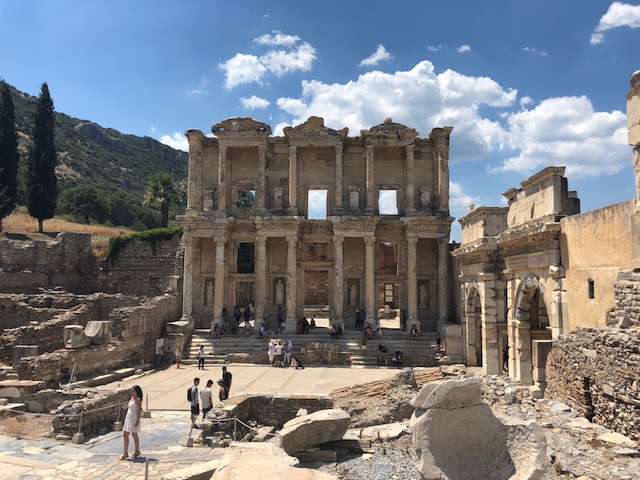

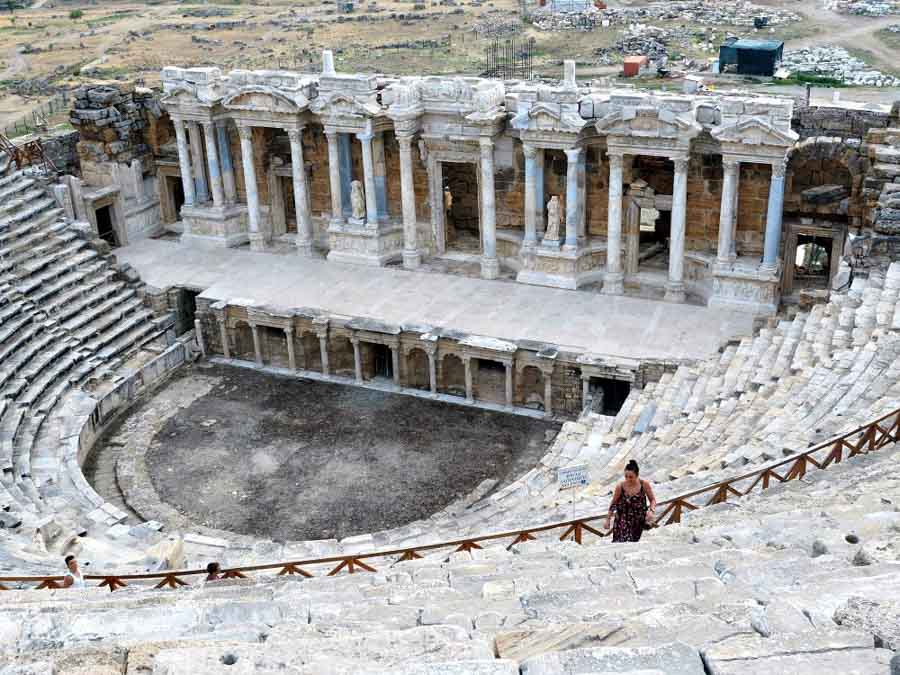
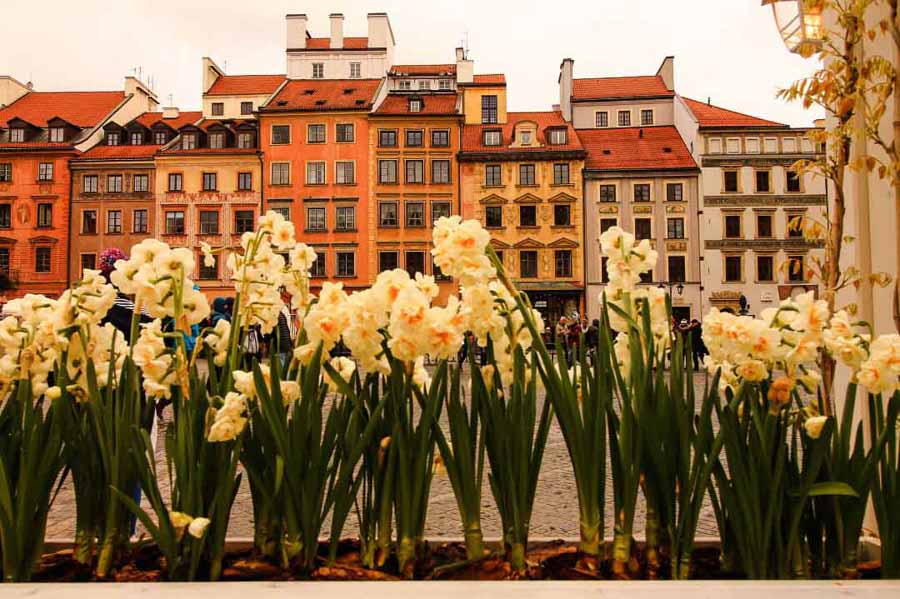
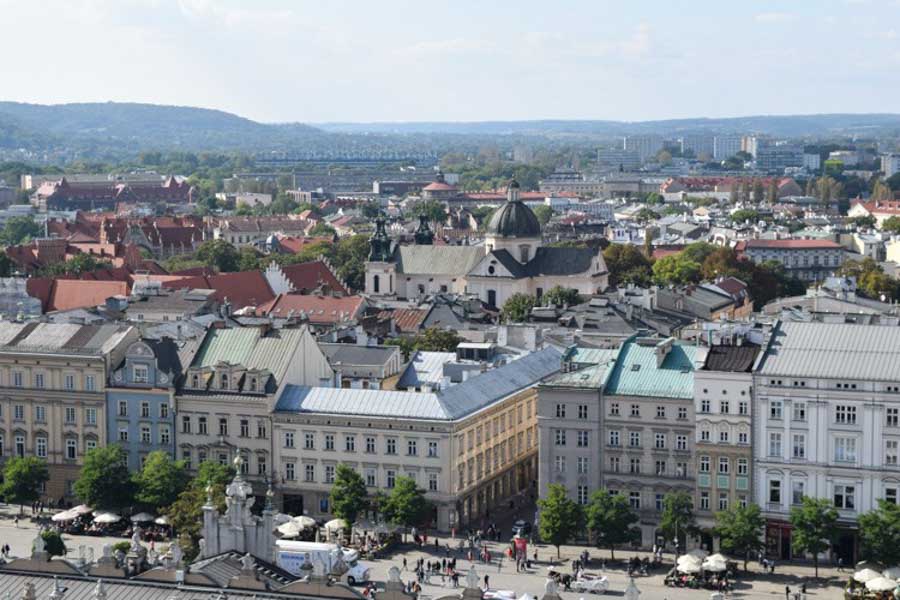
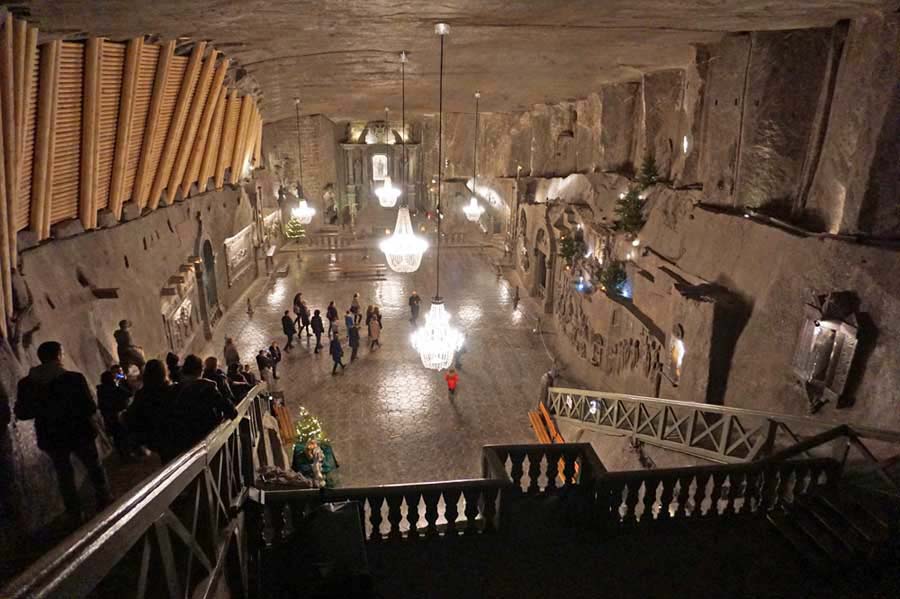
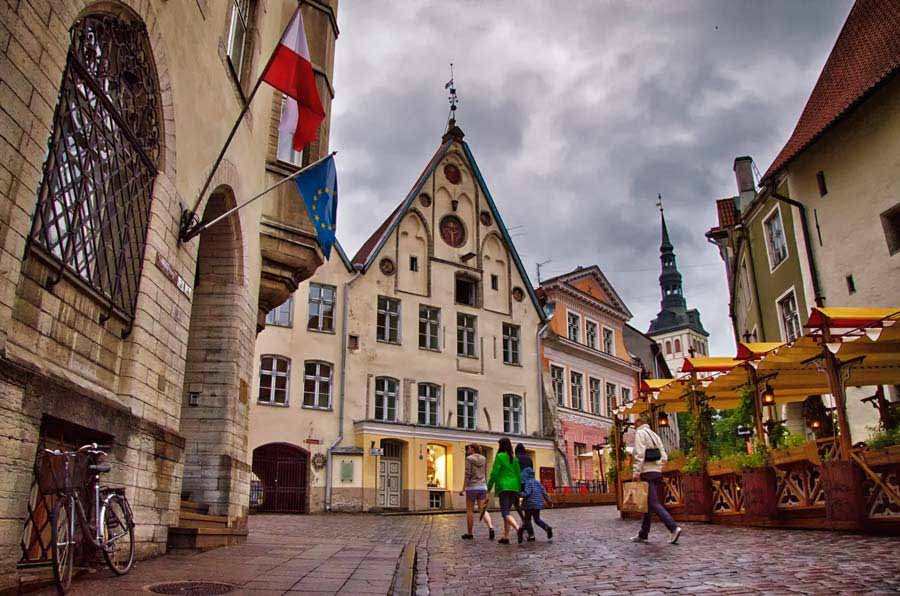
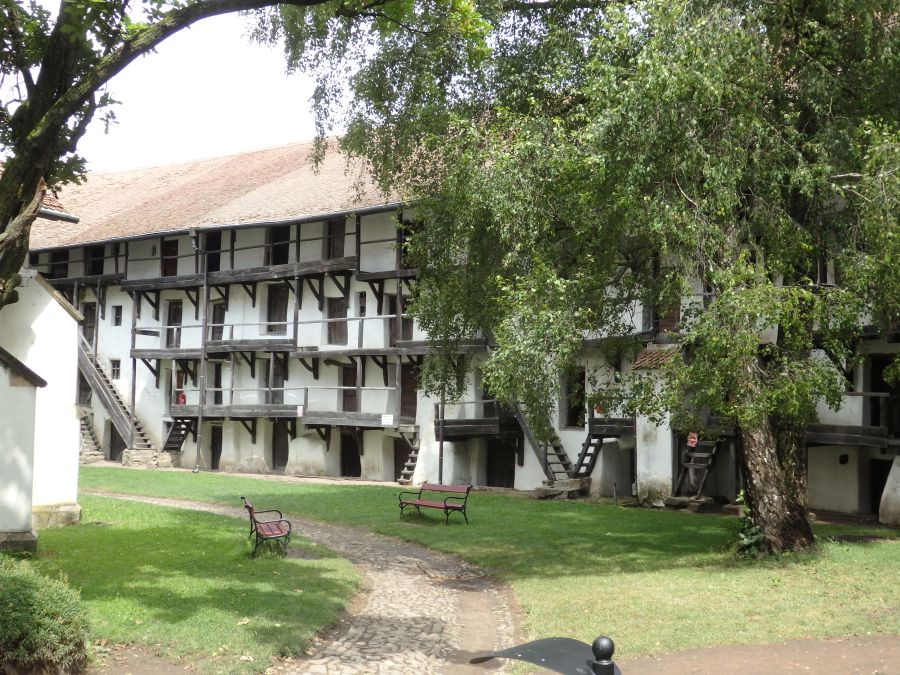
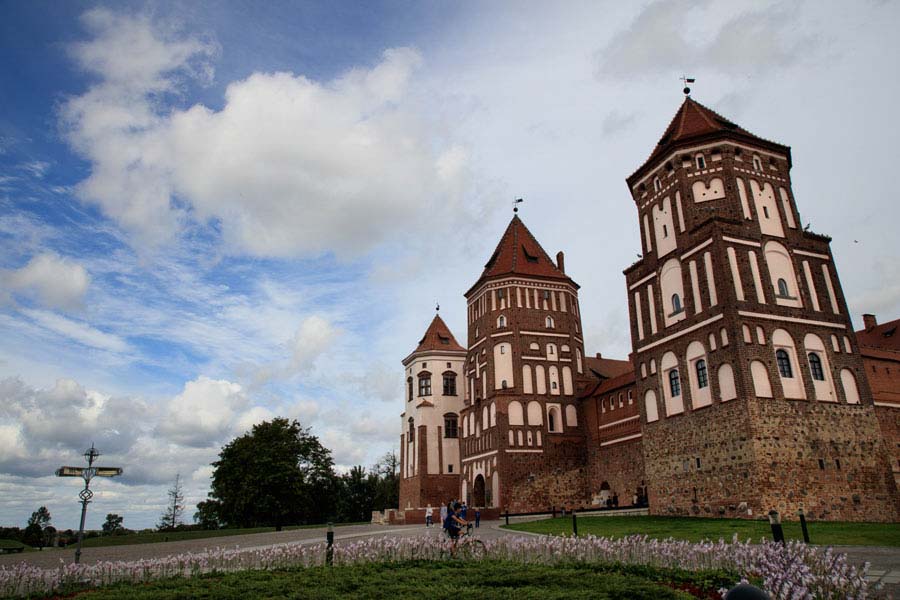
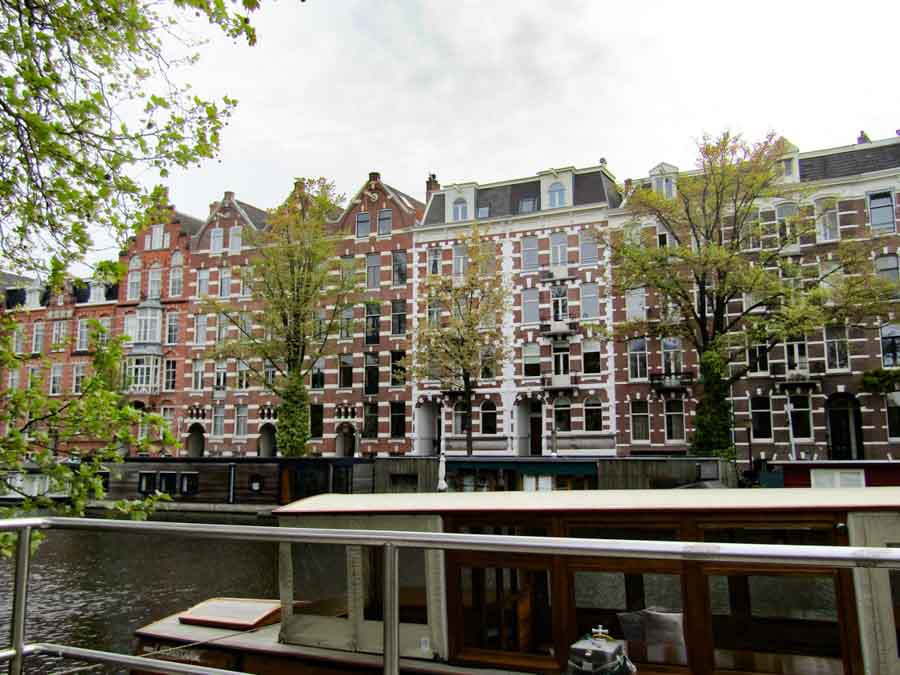
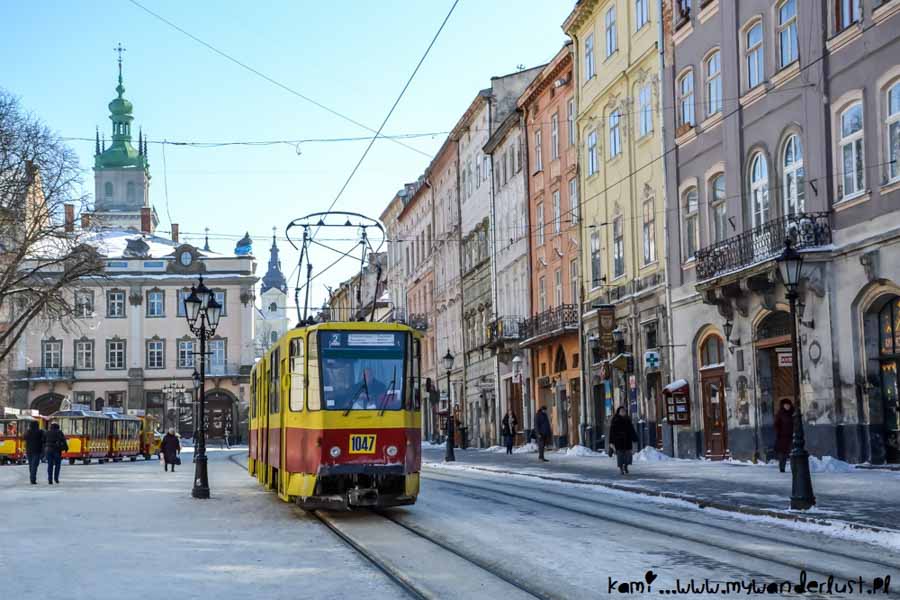
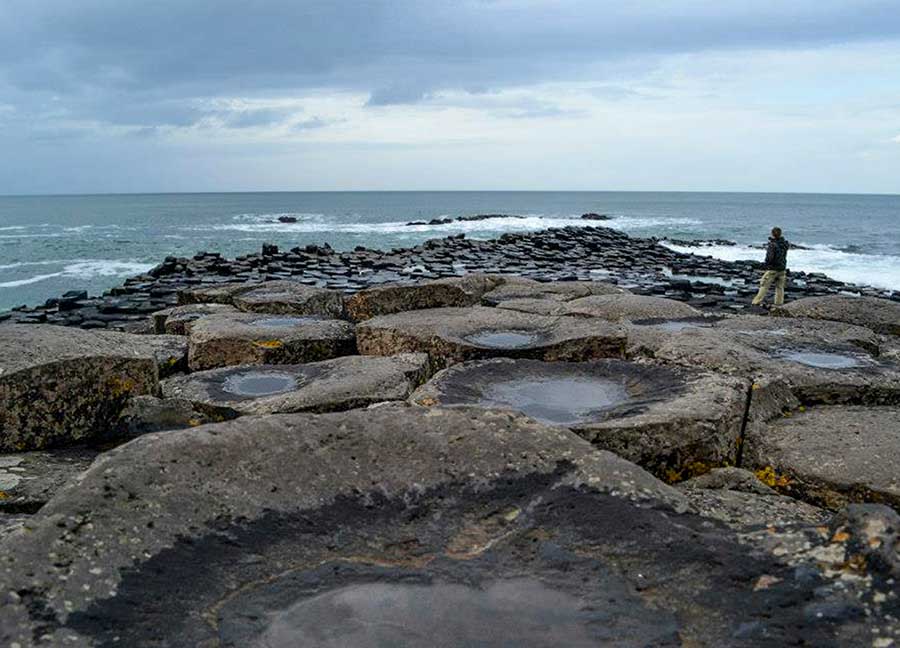
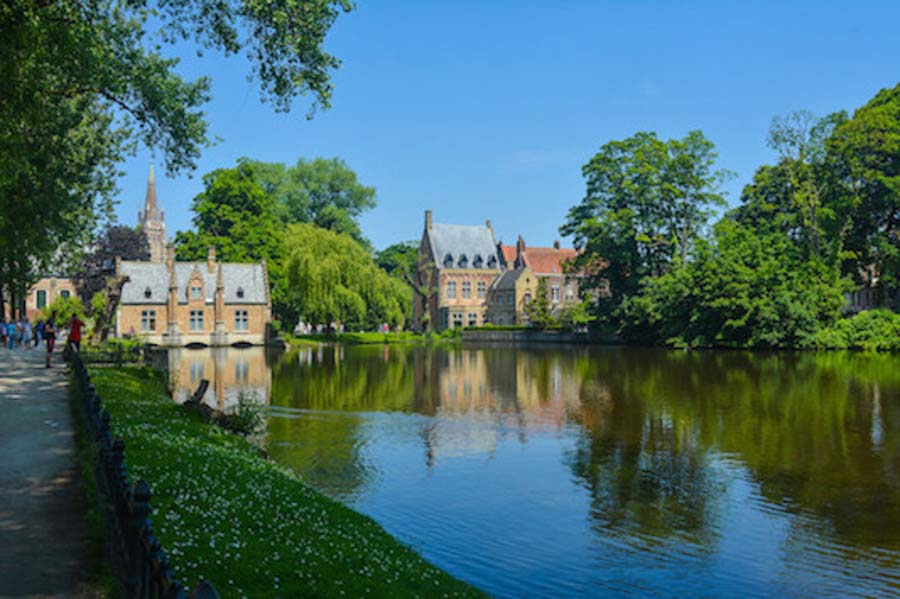
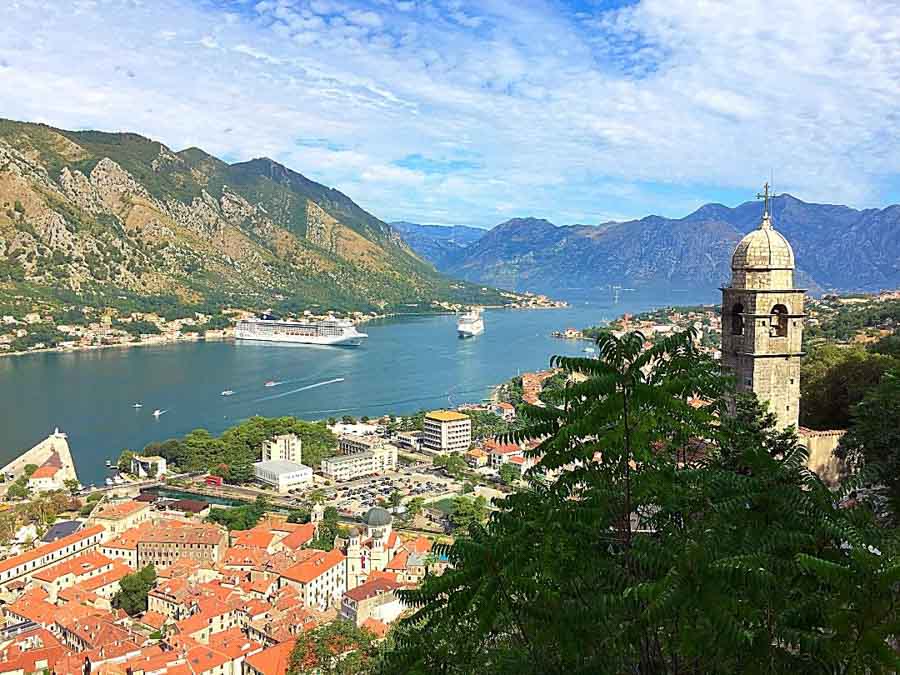
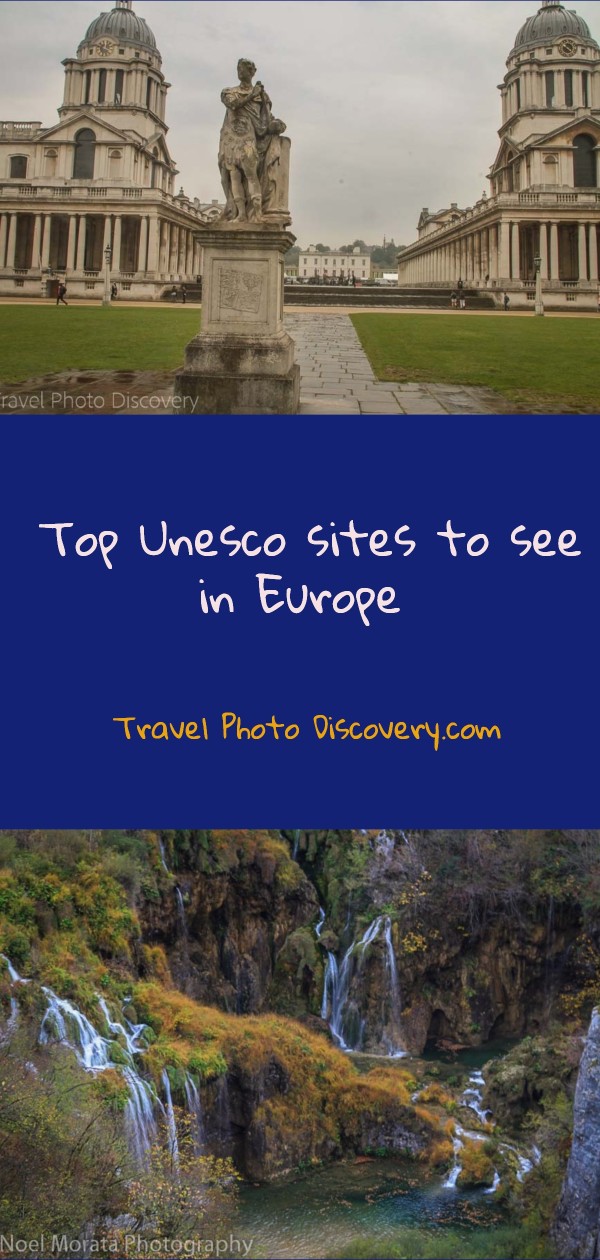

Europe is a unique place, I’d heard of lots of those however a few like Regensburg are absolutely new to me so I actually have plenty to find out on this fab continent!
You’re unbelievably genius! This is so educational 😊 As a teacher, we need some posts like this. Have you visited any of them? This post has a lot of effort and I can feel the pressure of collaborating with other writers. Anyway great idea! Unesco must have noticed it!
Yes I have been to quite a few of these historic Unesco sites in Europe and still need to visit many of these places. How about yourself?
So glad that I bumped into this post. I love travelling to UNESCO sites and this is a super-compilation of all things beautiful and ancient that Europe can offer ! I am intrigued to visit atleast a handful of these , especially Mont Saint Michel!
I’ve been Mont Saint Michel over 30 years ago and need to go back and also see more of these European Unesco sites.
Europe is a special place, I’d heard of a lot of these but some like Regensburg are totally new to me so I have lots to discover in this fab continent!
There are a lot of Unesco World Heritage sites to visit in Europe – I need to see more of these sites.
Incredible post on Europe’s top UNESCO sites! I’ve been to a few, but have so many more to see including Normandy, Bath, Puglia, & Montenegro. I’ve pinned this for future reference. Thank you for this inspiring post.
It is quite an impressive list of Unesco sites to visit in Europe, I want to see more of these sites.
Wow, even after spending six weeks in Italy I’ve only been to 6 of its UNESCO sites! I didn’t realize the Leaning Tower of Pisa was on the list…it always seemed so much more like a gimmicky photo spot for tourists, so you forget how much historical importance it has.
There are so many unesco sites in Italy, but just as many impressive sites in Europe to visit.
What a post! It’s easy to forget just how many amazing places there are to see in Europe! UNESCO sites are always on that list for a reason: they’re amazing! I’m glad to see some of my favorites like Delphi and Florence on the list.
I agree there are so many amazing Unesco world heritage sites in Europe and a lot for me to still visit.
You should really turn this into an e-book…it’s so rich with information! You just put a ton more UNESCO sites and cities on my radar. Can’t believe I hadn’t heard of that magical Mont Saint Michel!
Thanks for the tip, I have more Unesco sites in this direction
Cinque Terre and Dolomites top this list for me, although Lake Country wouldn’t be far behind. I know these seem like diametric opposites, but it’s really the nature that draws me in and how beautiful and everlasting the life in these areas are. Great pictures. Love the curation.
Unesco sites in Europe are amazing and so many more for me to visit in this site.
Thanks for adding my contribution. I went through this amazing list and realised that I have seen 24 of them, and some on several visits. And many are still on my bucket list.:)
There’s a lot of amazing Unesco sites to visit in Europe have you seen many of these sites?
Thanks for including my contribution! I tend to use the Unesco World Heritage Site list as a guide in deciding where to travel. You can pretty much depend on them all being interesting and worth visiting.
What a great list! I have done some.
I missed contributing to this epic list!
Have you visited many of these amazing Unesco sites in Europe Indrani?
Wow that’s an amazing list! It was great collaborating with you on this fabulous piece.
I know,so many amazing Unesco sites in Europe for me to still visit
This is such an extensive list, many I am yet to see. I’d love to visit some of the locations mentioned, especially Lviv in Ukraine and Kotor in Montenegro. Thanks again for including me!
I know there are so many amazing Unesco sites in Europe to visit
Holy cow, Noel! What a compilation. (of course I couldn’t help but check off the ones I had been to myself, doesn’t everyone do that?) So many places….so little time!
Yes unfortunately I have done only a handful, so much more Unesco sites to visit in Europe for me also!
My goodness, what I grand collection of UNESCO sites. I wonder if anyone has been to them all.
It is an impressive list of Unesco Heritage sites in Europe – I want to see them all!
Wow, what a comprehensive post. I love visiting UNESCO World Heritage sites and this list could keep me busy for I’m guessing- the rest of my life!
It is a big list of Unesco sites in Europe and I would love to visit all of them also.
What an incredible compilation you have put together of all the UNESCO World Heritage sites in Europe! I’ve heard of many/most of them but was most intrigued by the trulli of Alberobello. Incredible to think they’ve withstood the test of time!
It took some effort to do this collab, now have all these edits to do for these Unesco European sites.
Thanks for including Tom’s piece about Assisi! Europe is packed with wonderful historic and natural UNESCO sites!
Assisi is an amazing city and walking around early in the morning gives the most amazing light and perspective in the landscape.